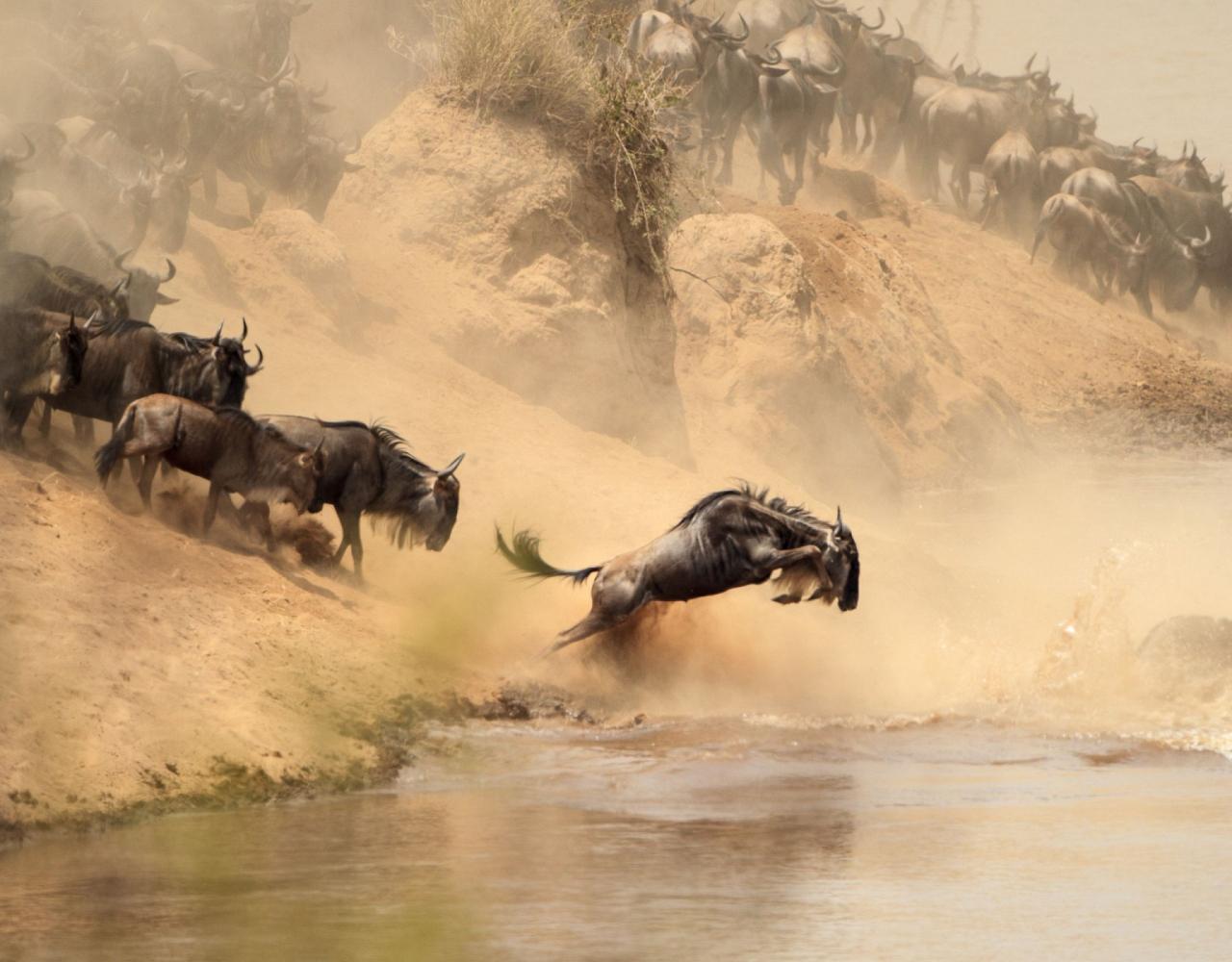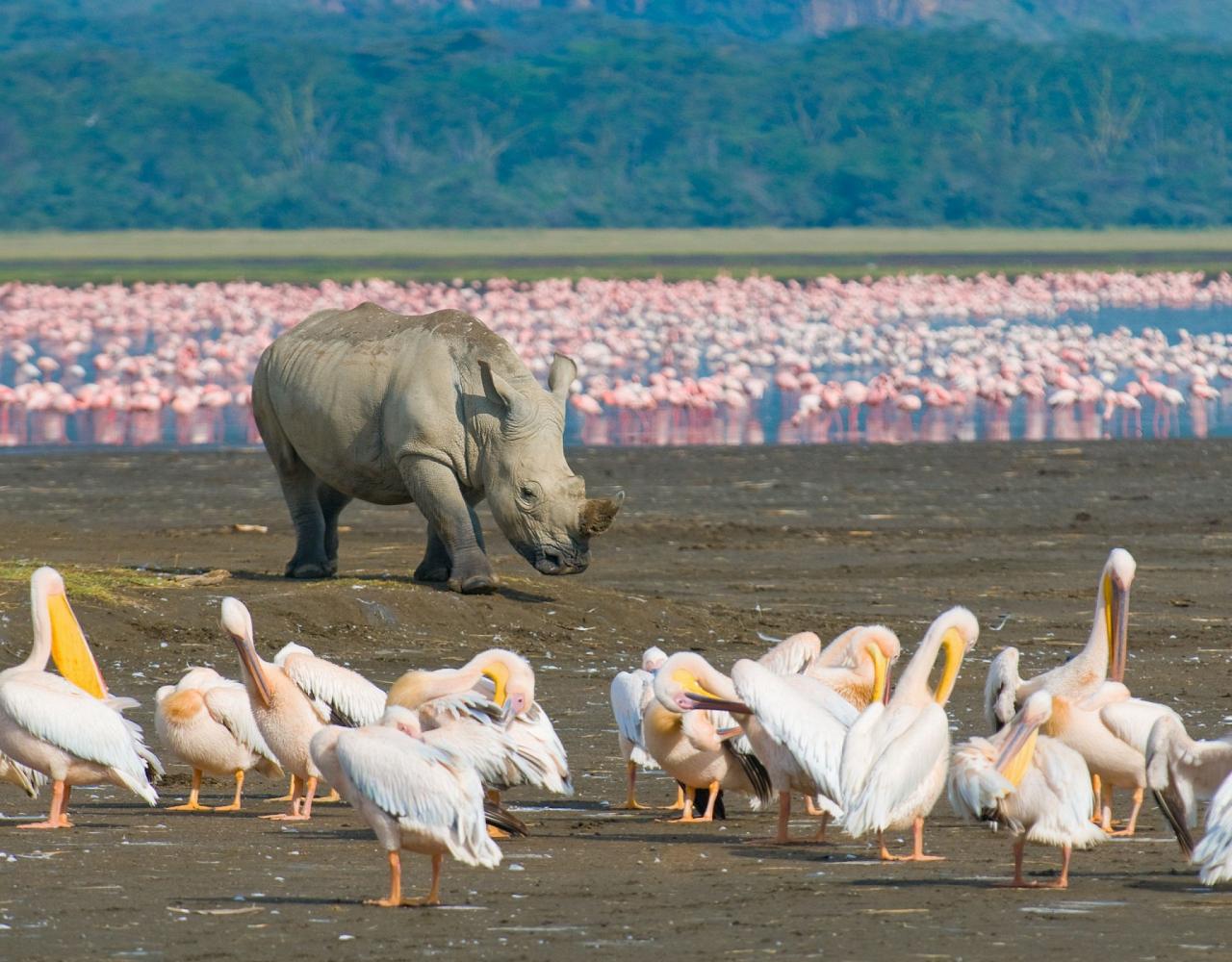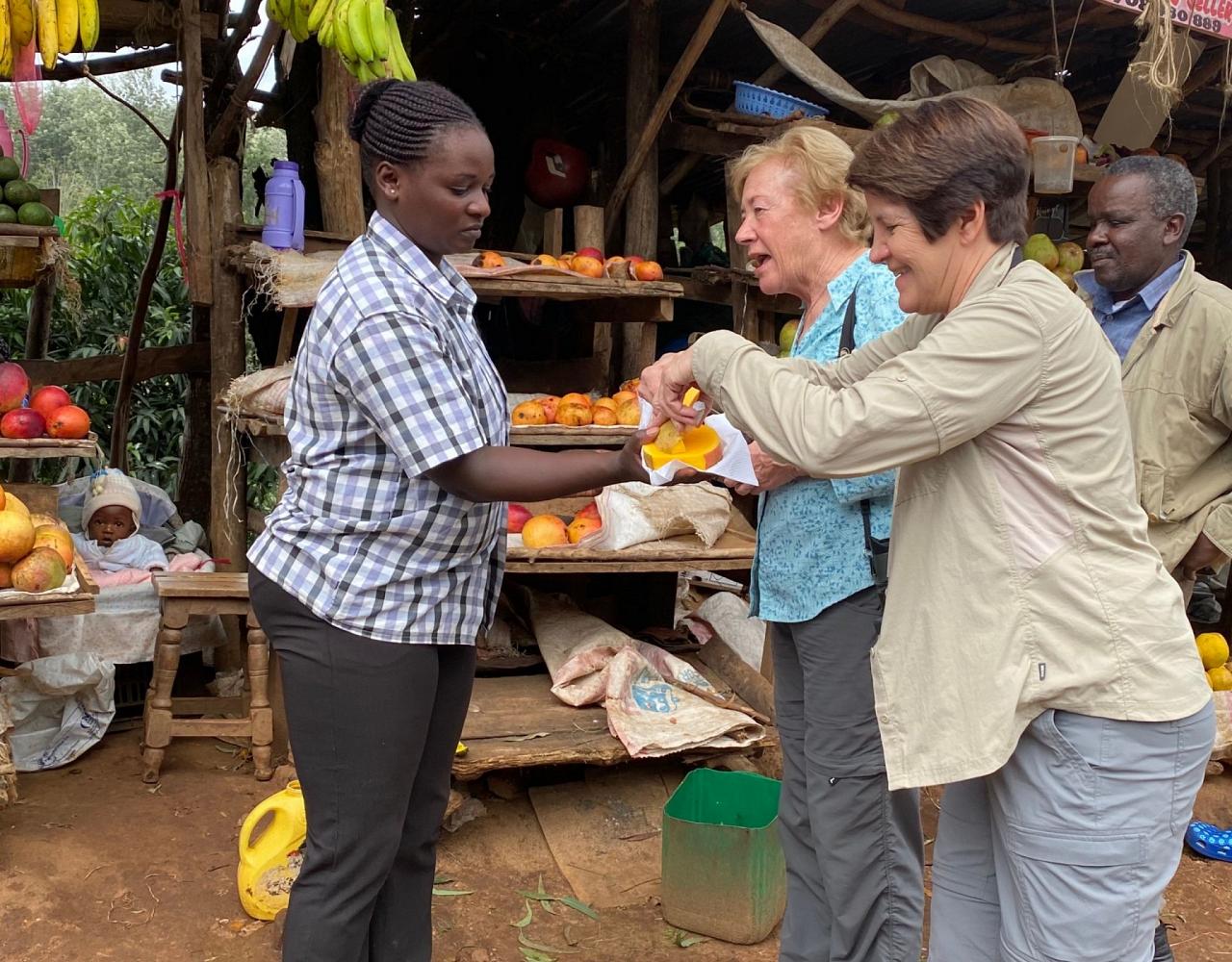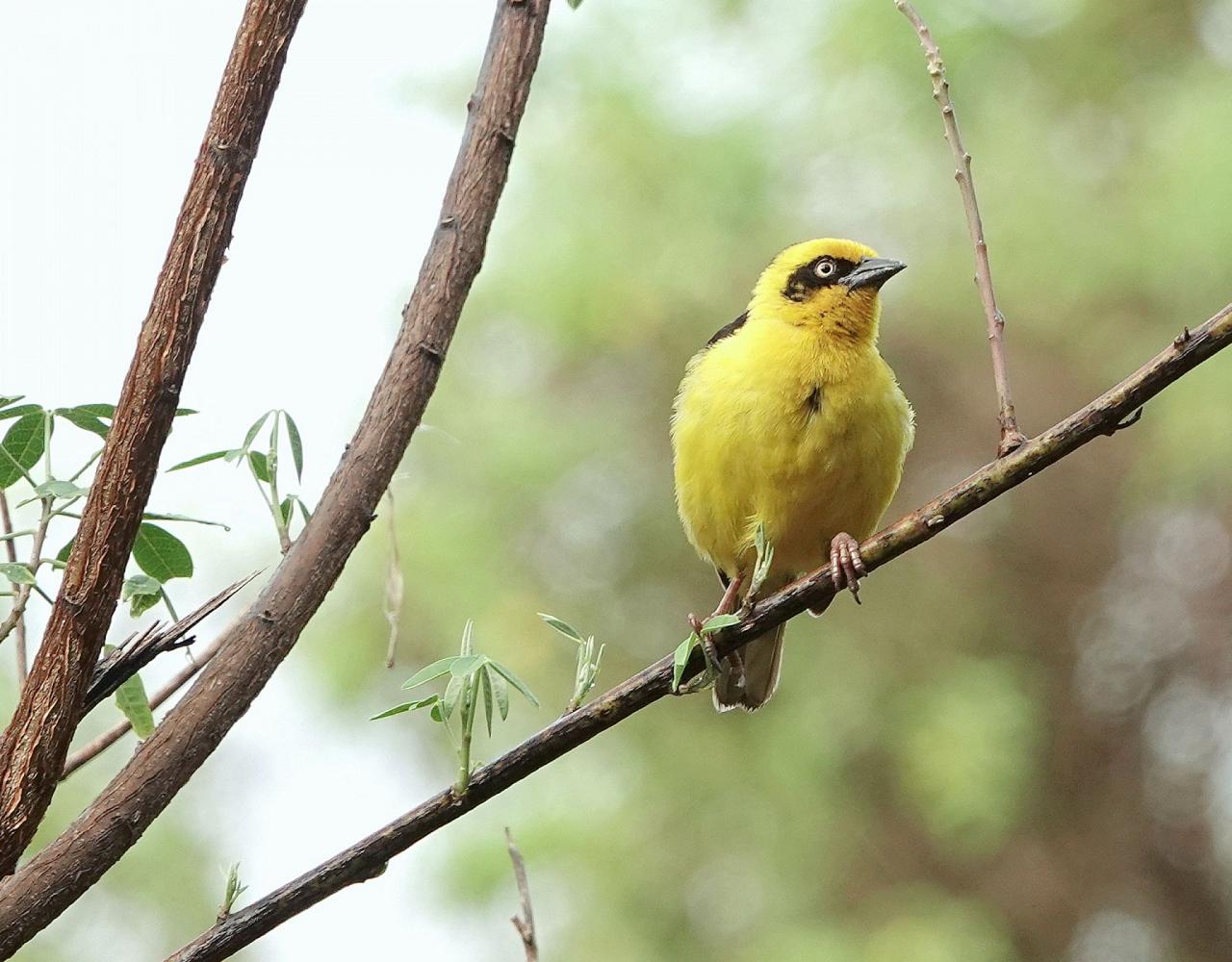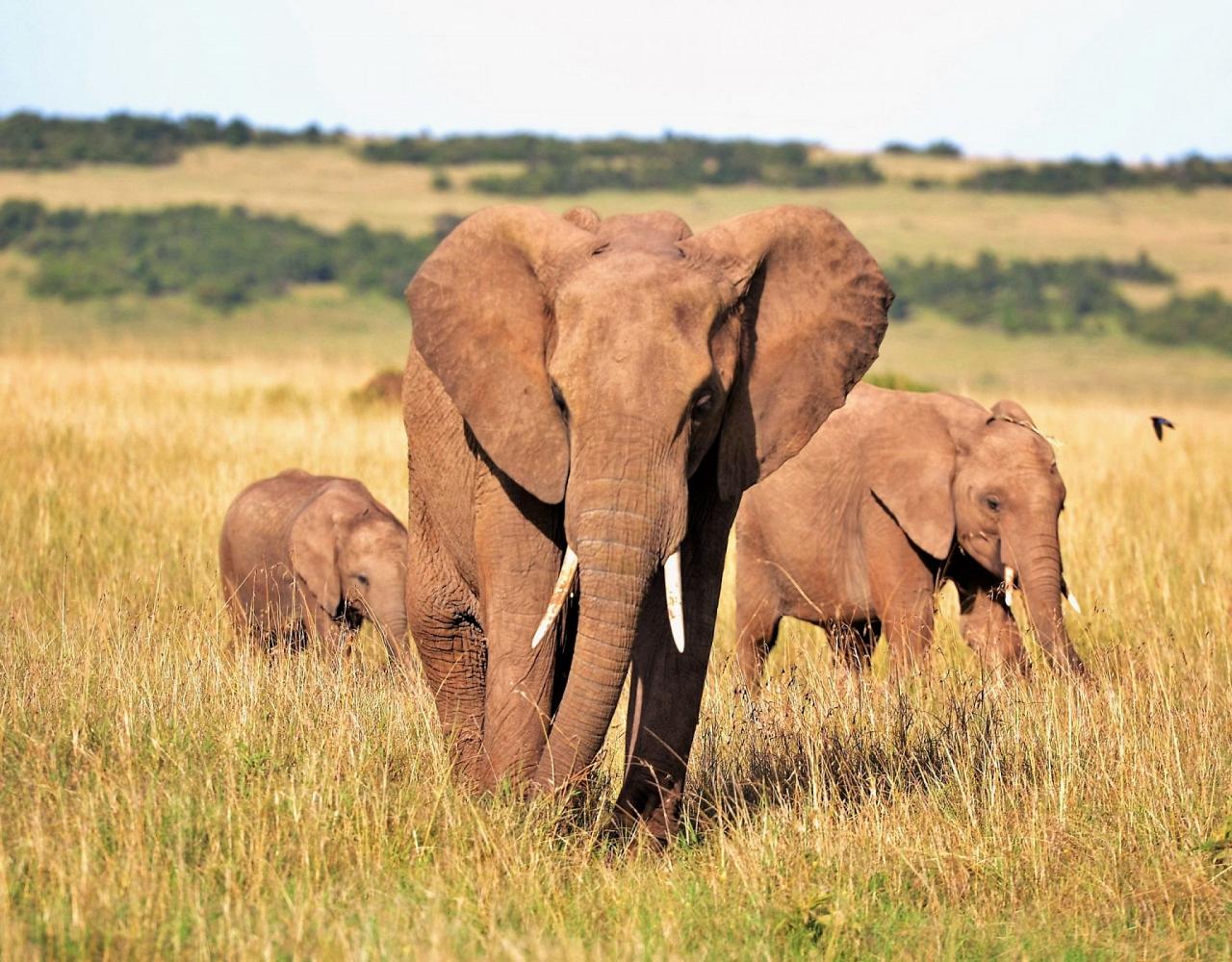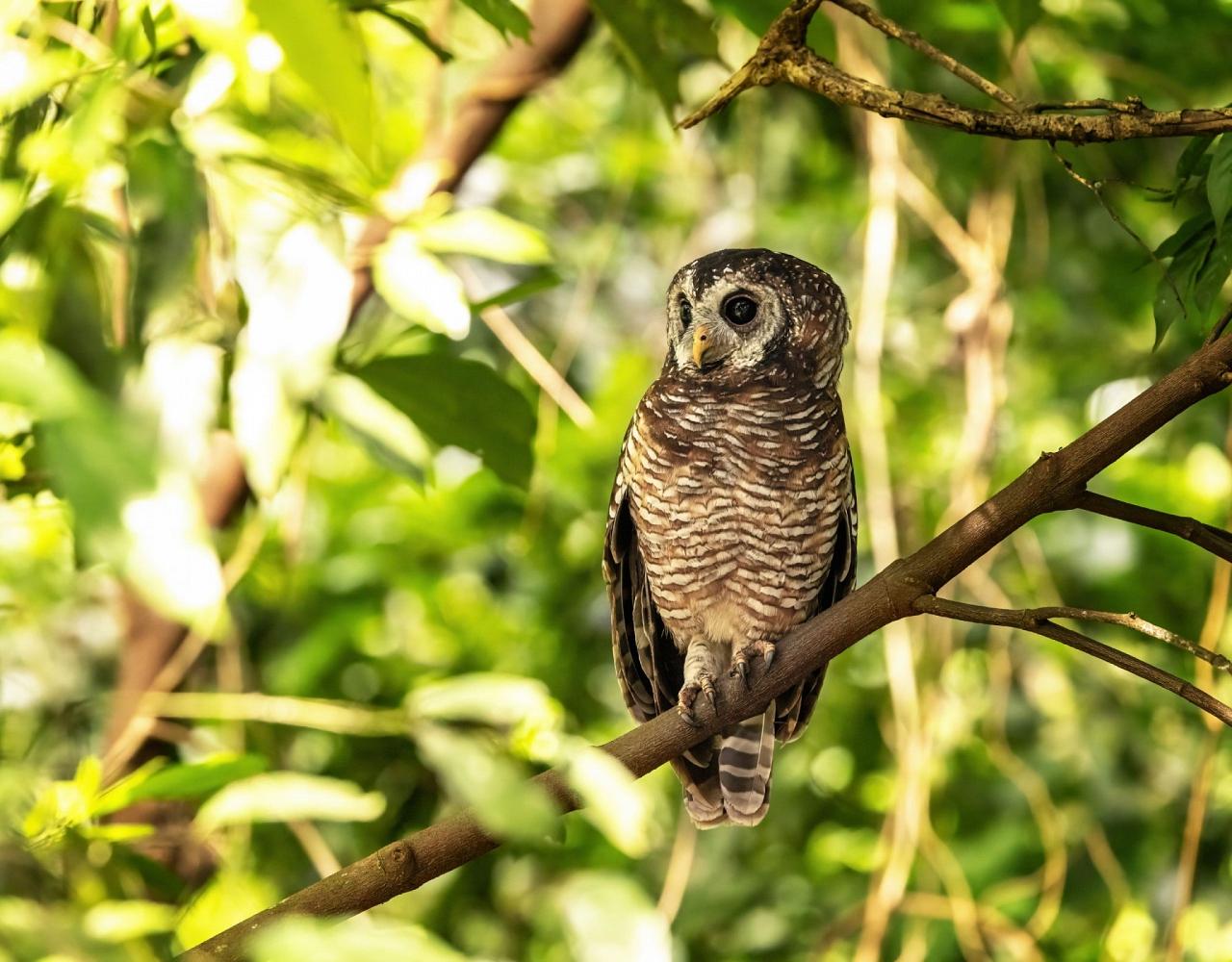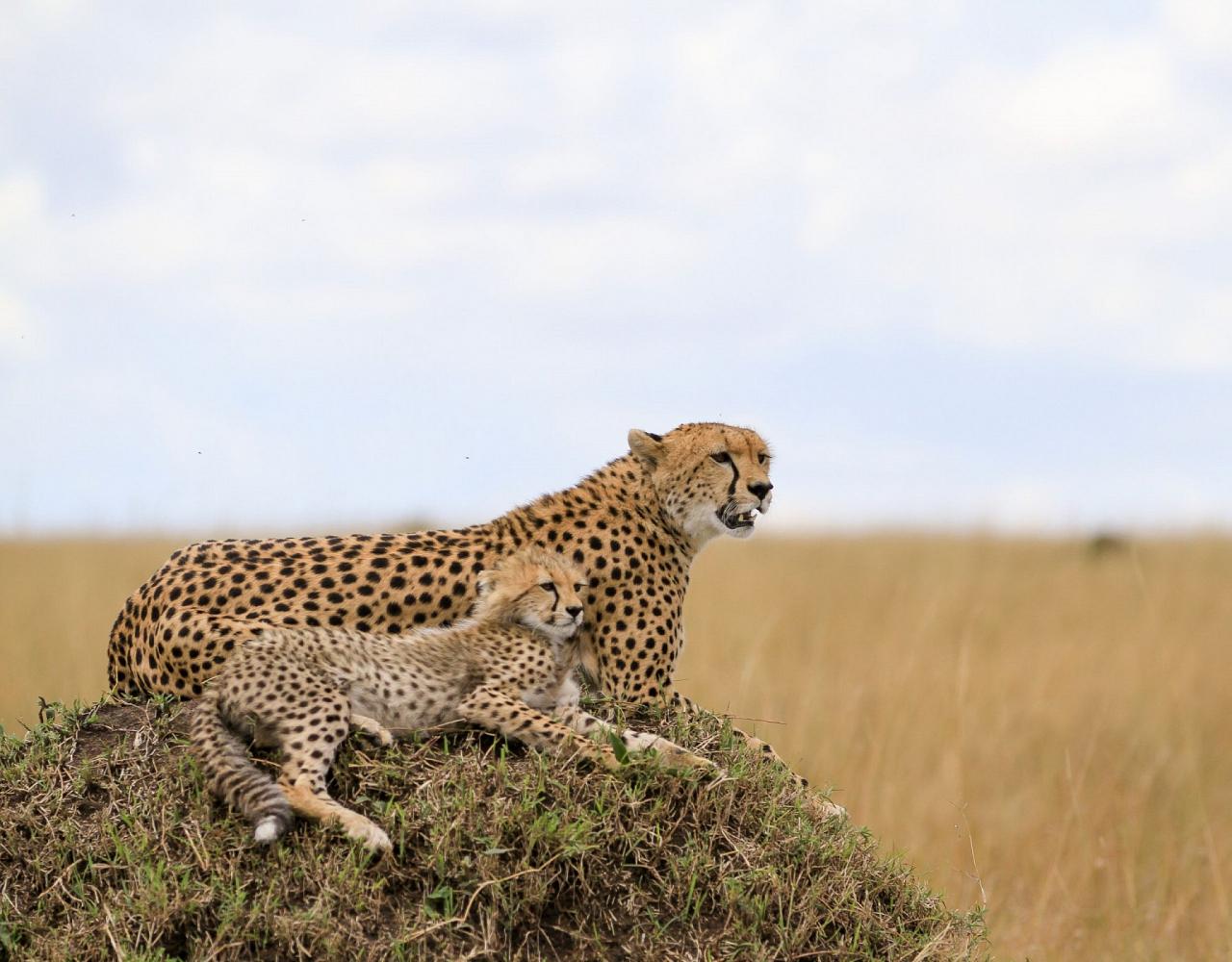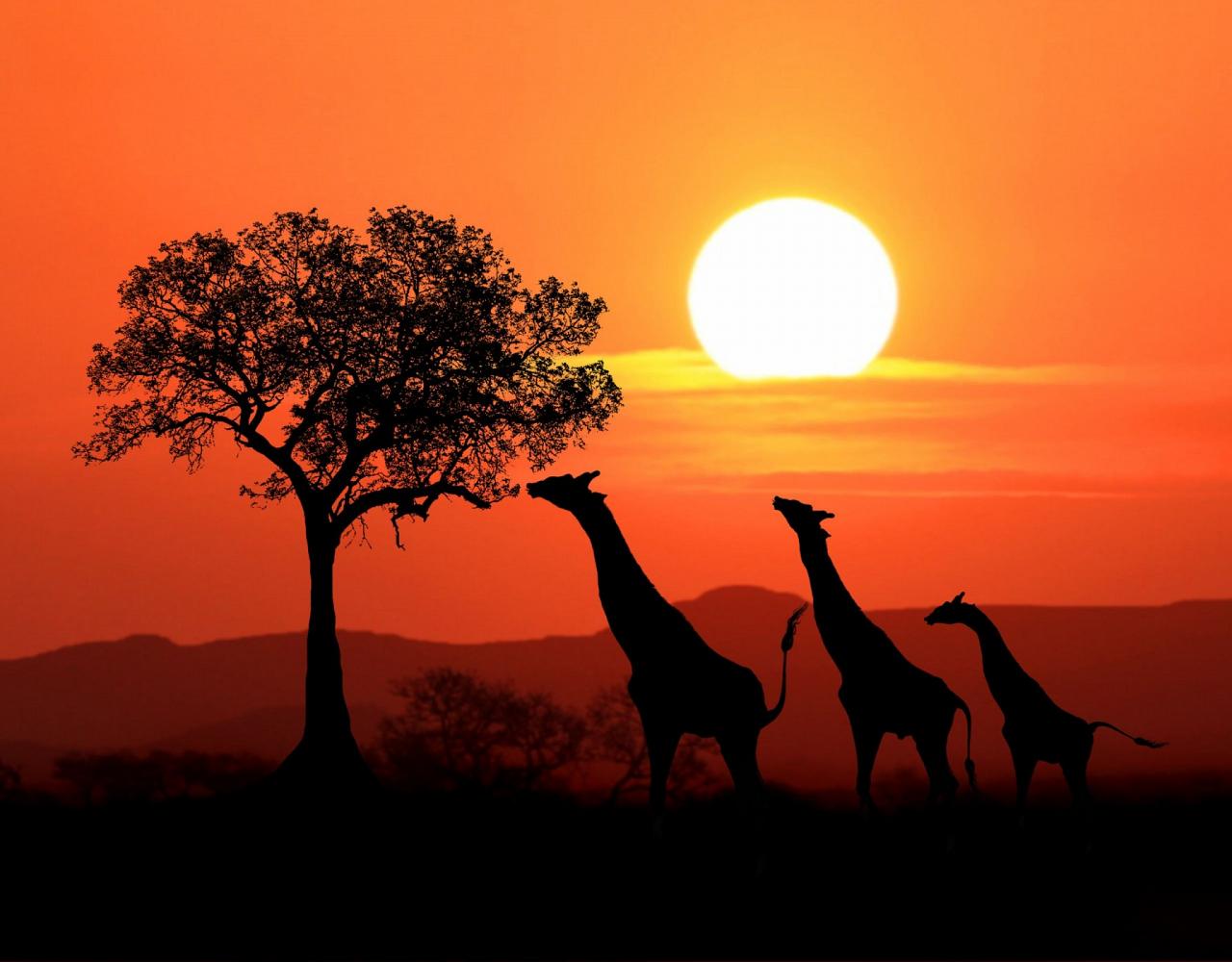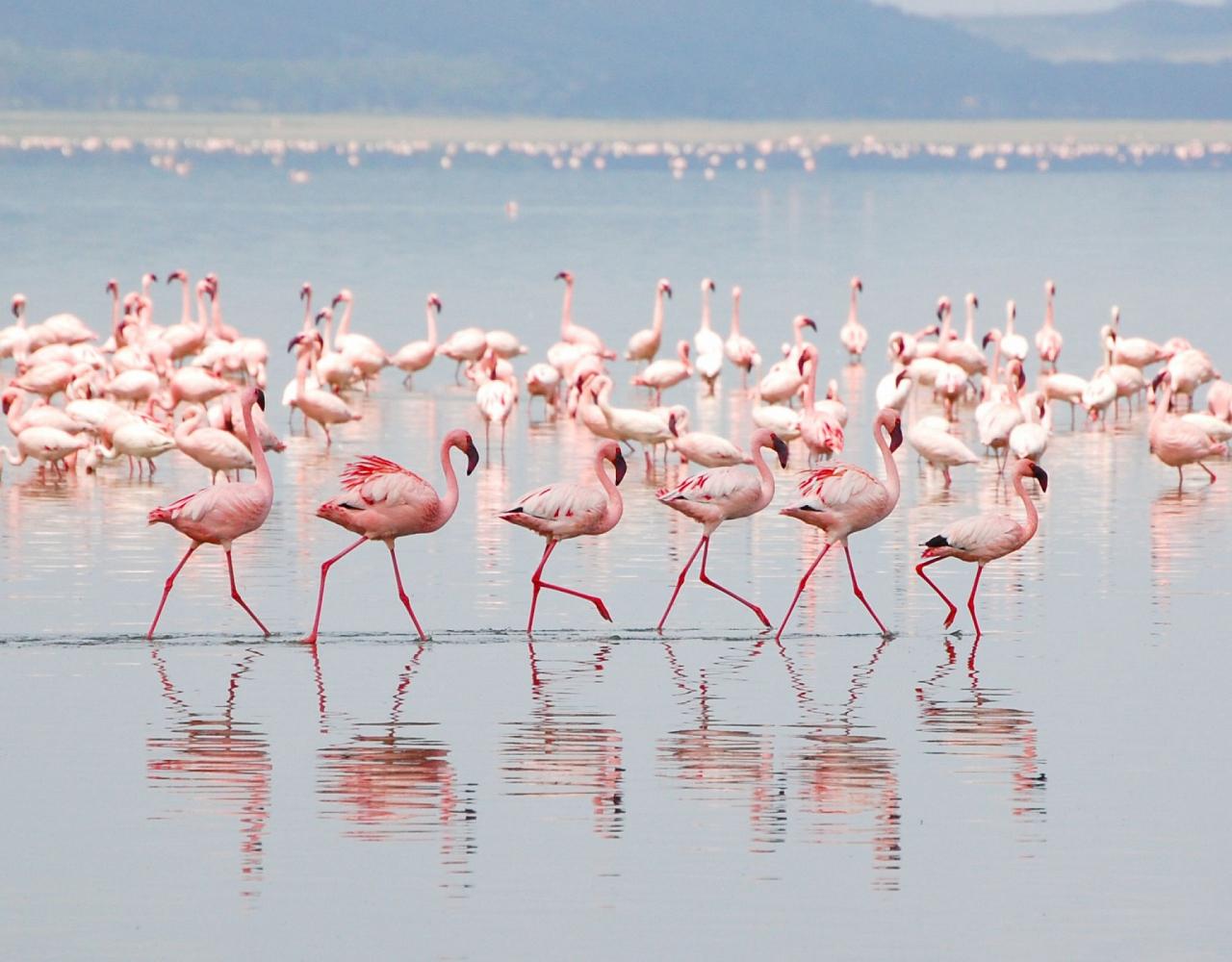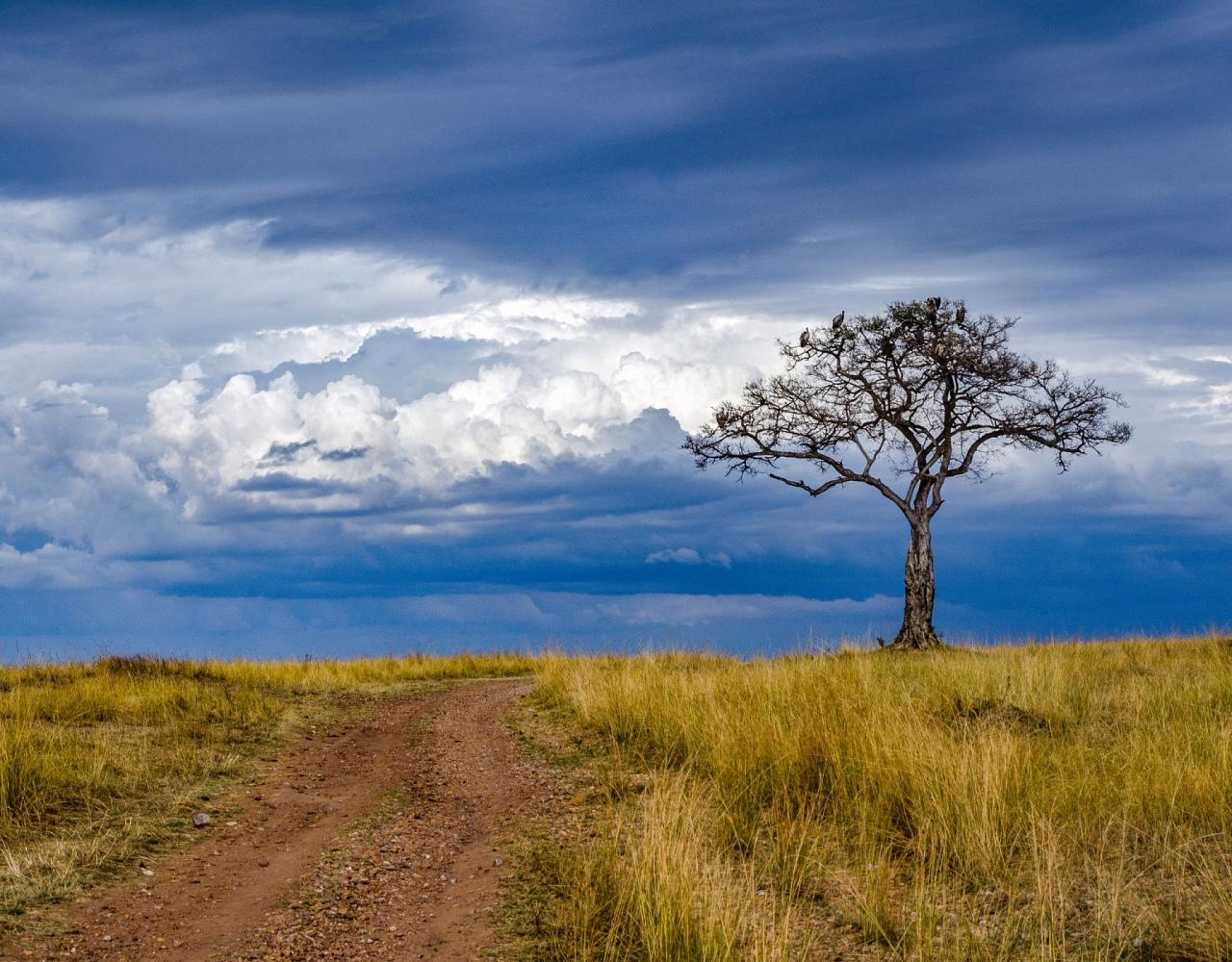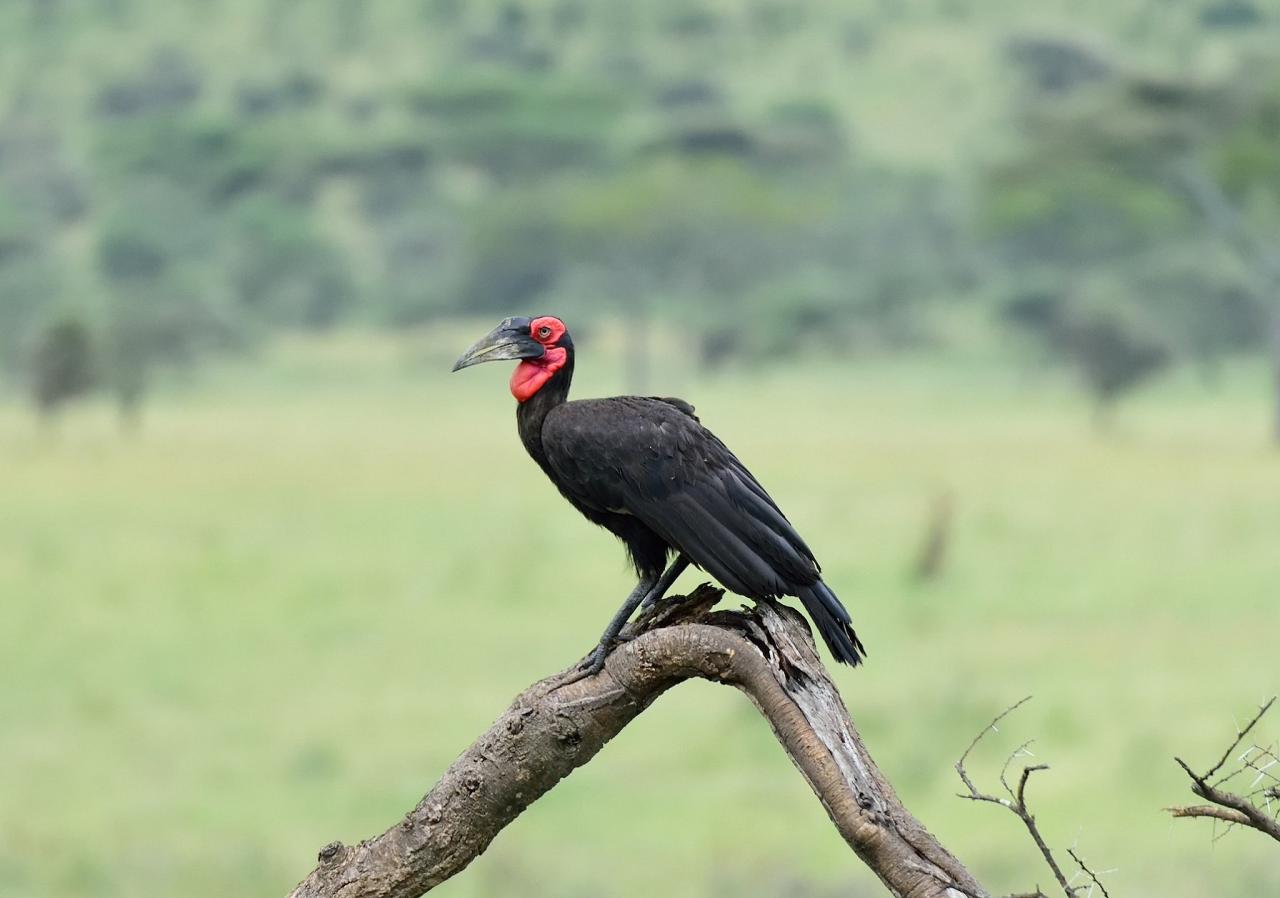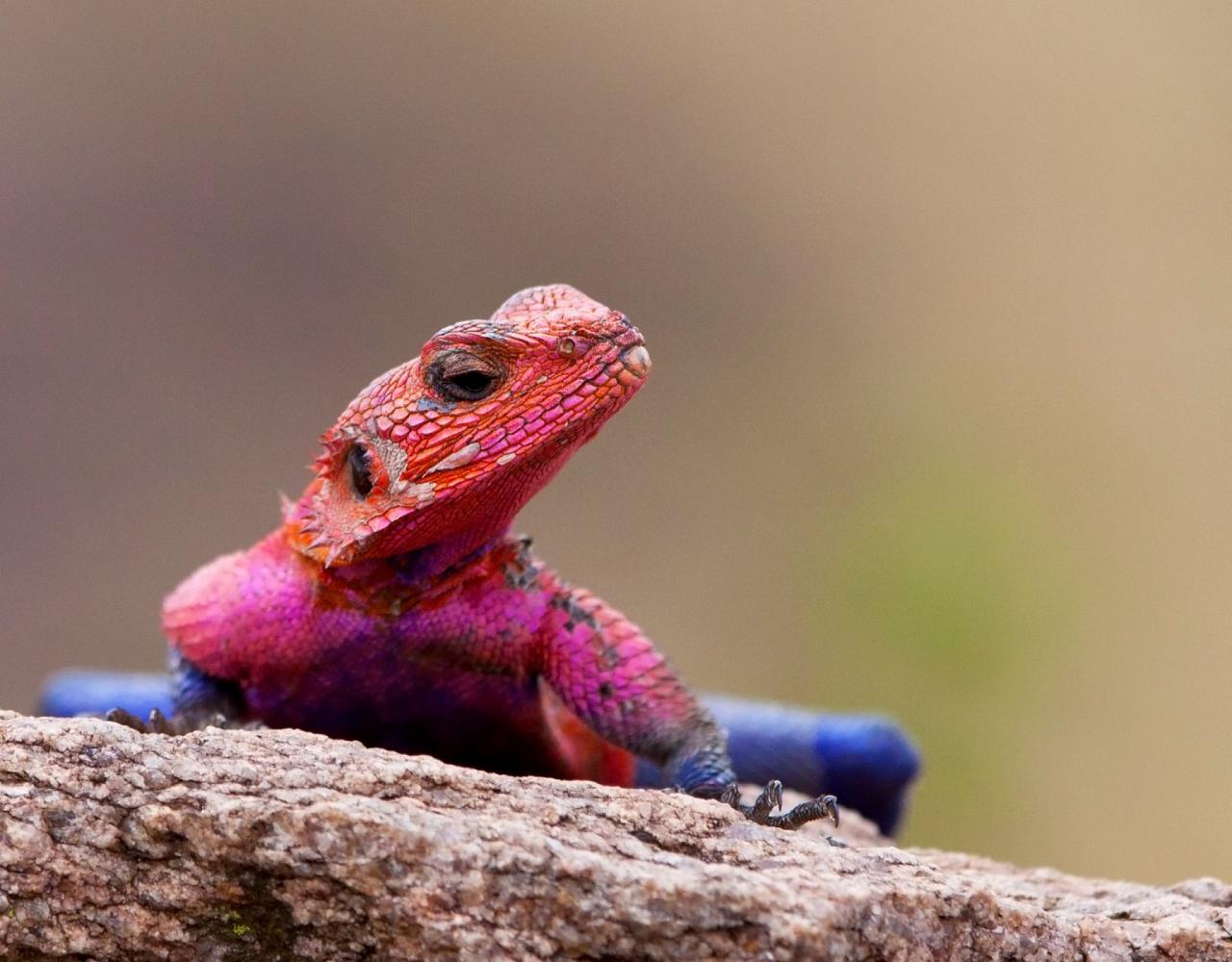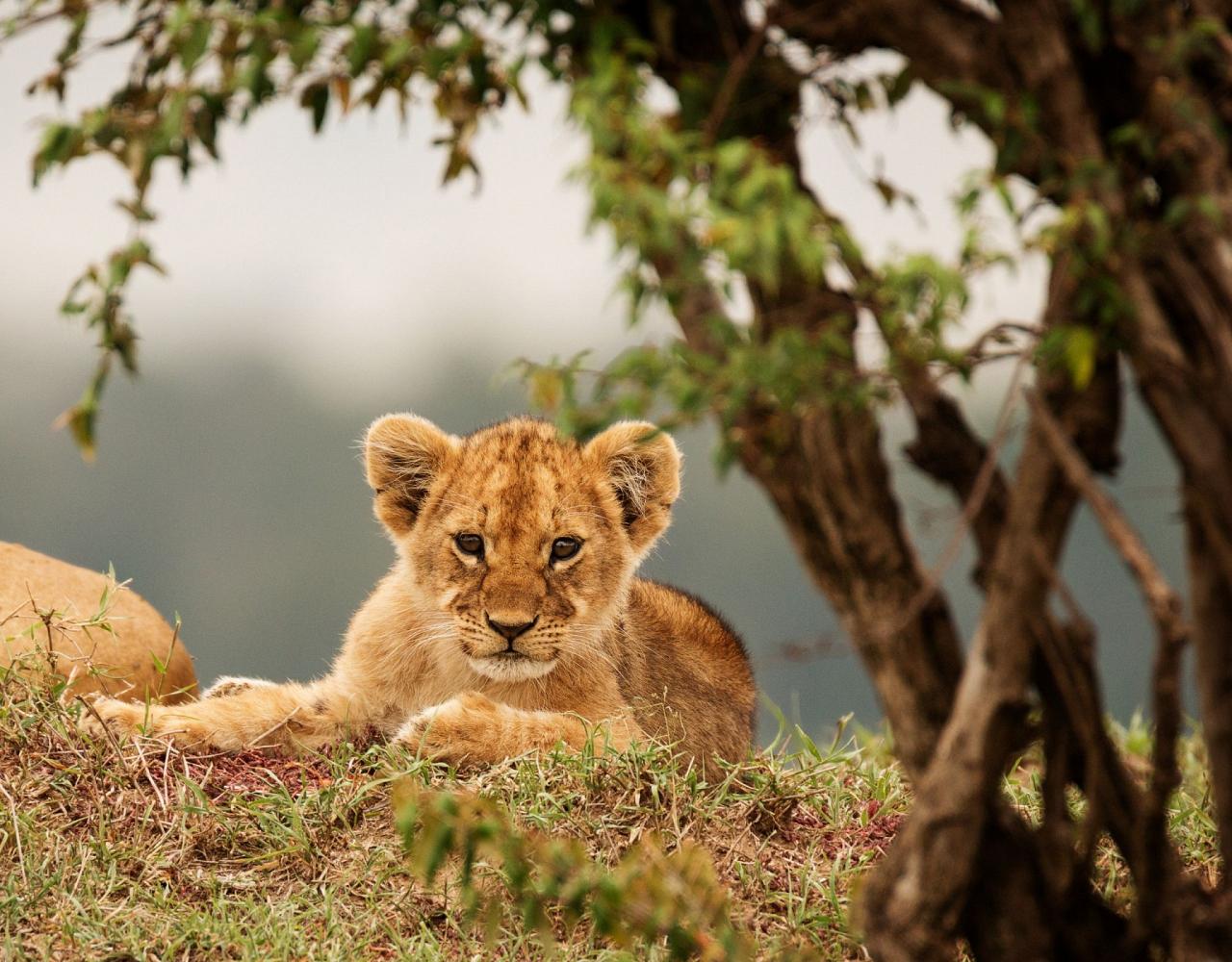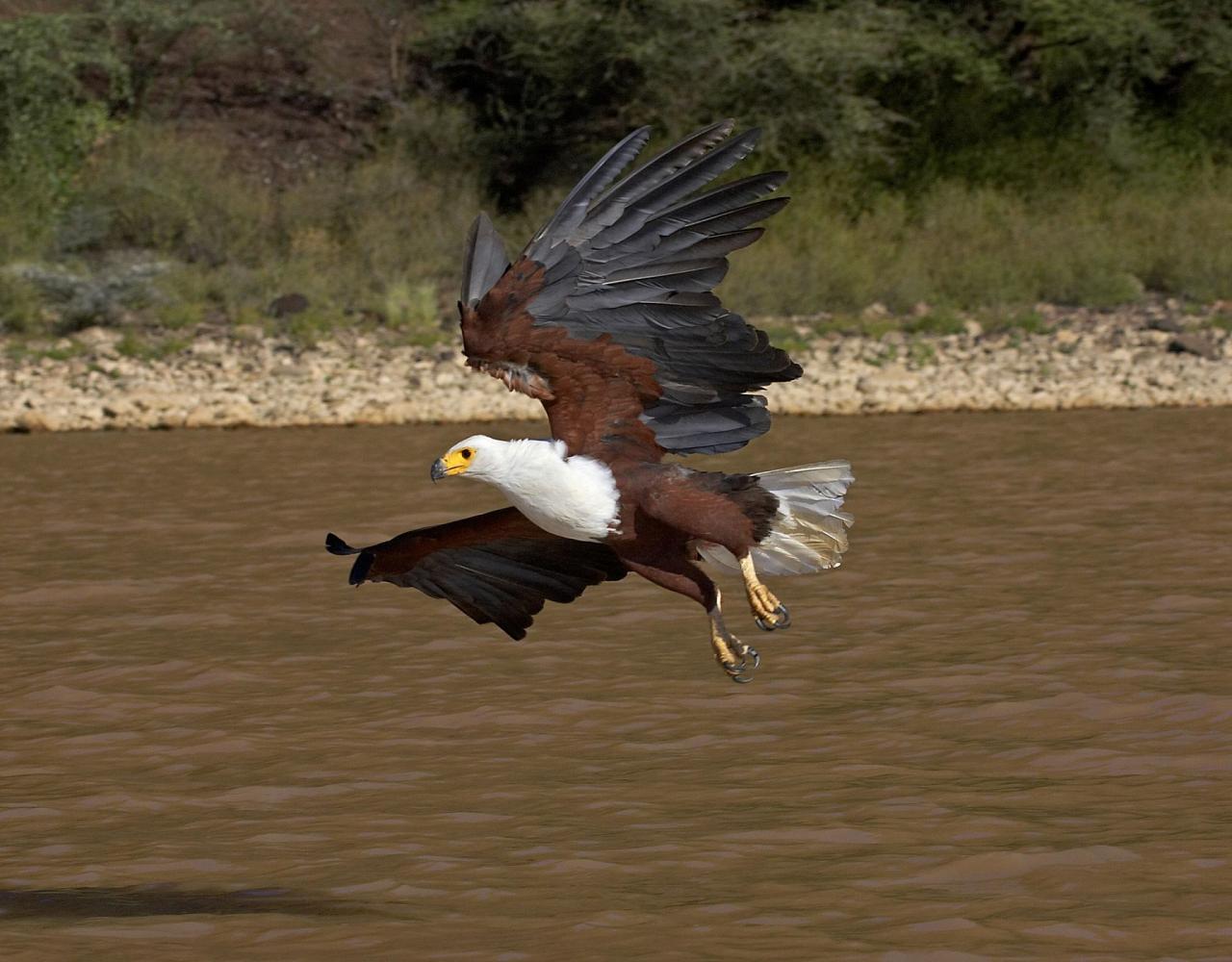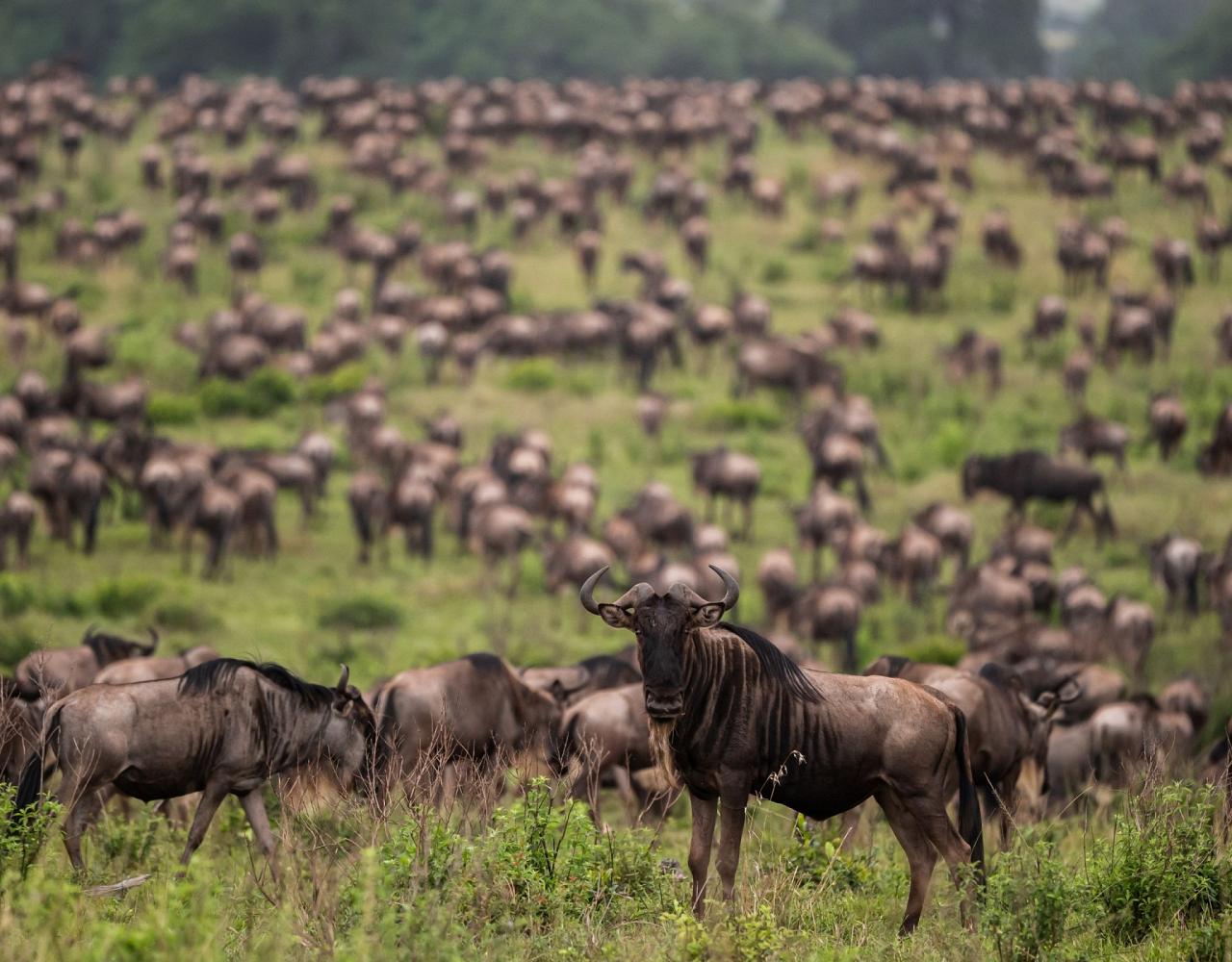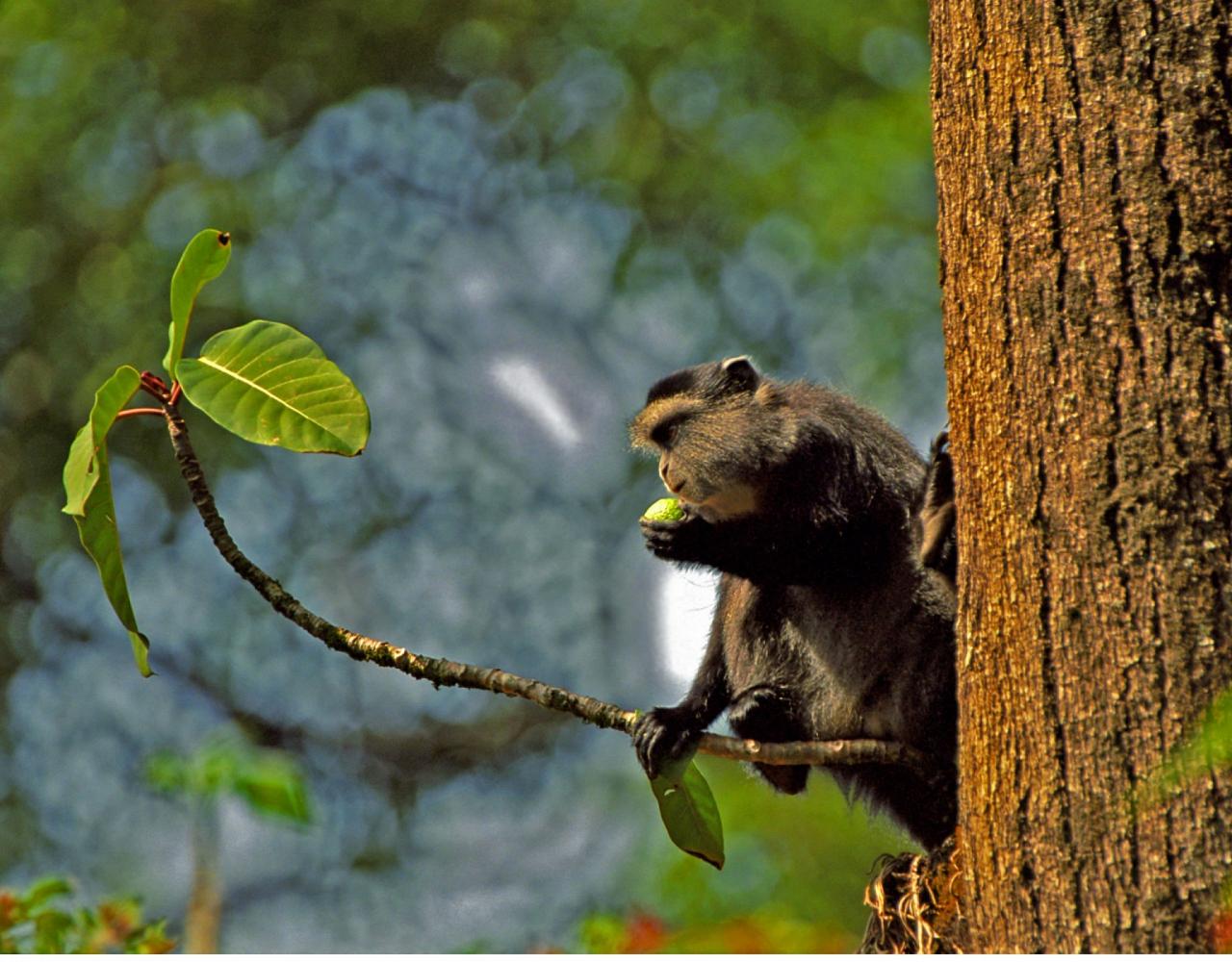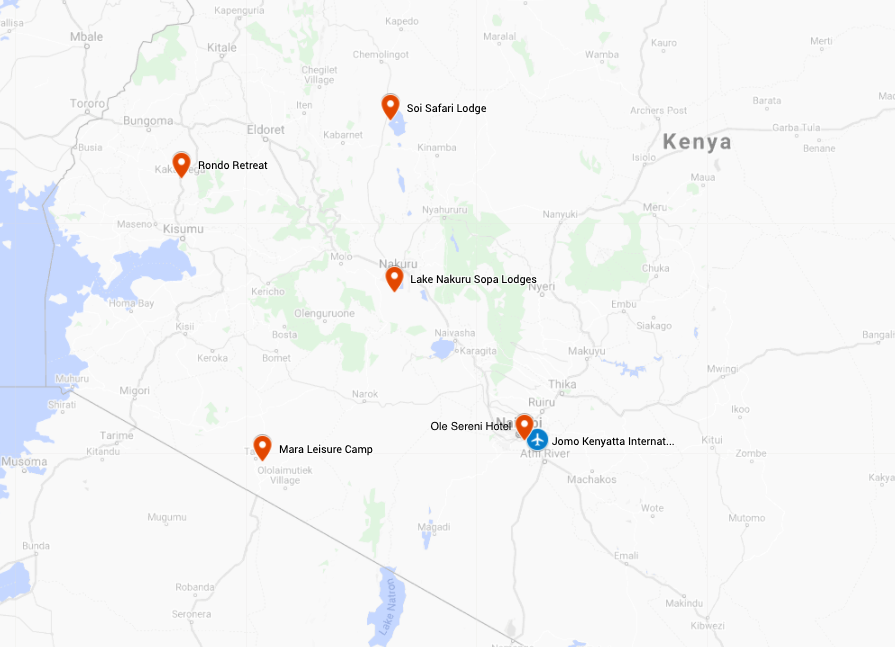Trip Itinerary
Itineraries are guidelines; variations in itinerary may occur to account for weather, road conditions, closures, etc. and to maximize your experience.
Fri., October 31 Optional Early Arrival
We strongly recommend arriving in Nairobi a day early. You are met at the airport by one of our local representatives for the transfer to our hotel.
Accommodations at Ole Sereni Hotel (additional cost)
Sat., Nov. 1 “Jambo” to Kenya!
Our amazing adventure officially kicks off today in Nairobi, Kenya’s capital city. Enjoy a welcome dinner with your fellow travel companions and guide Kip Miller and receive a briefing on tomorrow’s activities. Our hotel features two restaurants, with indoor and outdoor seating in a safe and relaxing environment where you can refuel and be ready for your safari that kicks off tomorrow.
Accomodations at Ole Sereni Hotel (D)
Sun., Nov. 2 Nairobi National Park—The Safari Begins!
We spend our first day of birding in this amazing park, located next to our hotel. This is one of the most unique parks in the entire world, located literally inside a major city. The park hosts a huge diversity of species in habitats ranging from forests, grasslands, wetlands, and riverine woodland. The park is almost 50 square miles, and hosts over 500 species of birds and each year the park list keeps growing.
The park is a vital and functioning ecosystem that safeguards species such as Southern White and Black Rhinos. We drive a network of game-viewing roads, offering surprisingly uncrowded viewing for being so close to the city. The park hosts interesting animals including African Lion and Leopard, Common Zebra, Cape Buffalo, and Masai Giraffe.
The birding is terrific here. Some species we expect to find in the park include birds associated with the river and small pond areas: African Water Rail, Spotted Thick-knee, Crowned Plover, Speke’s Weaver, Yellow-crowned Bishop, and Saddle-billed Stork, as well as those of grasslands: Pangani Longclaw, Jackson’s Widowbird, Kori Bustard, Hartlaub’s Bustard, a good variety of larks including White-tailed, Foxy, Rufous-naped, and Athi Short-toed. Large acacia and other trees provide us with the chance to see Snowy Barbet, Red-throated Tit, Yellow-throated Sandgrouse, Pale Scrub White-eye, Ruppell’s Robin-chat, and a bird with a big personality, the Northern Pied Babbler.
Overhead we keep a keen eye out for raptors: Martial Eagle, African Crowned Eagle, Lappet-faced Vulture, Secretarybird, Tawny Eagle, and more. And if this is not enough, today we have the chance to see African Quail-finch, Pin-tailed Whydah, Zebra Waxbill, Harlequin Quail, Violet Wood-hoopoe, and our expert local guides help us with often-confusing species such as Nairobi (Long-billed) Pipit, Grassland Pipit, Southern Black Flycatcher, and those pesky but vocal little brown birds: Siffling (Short-winged) Cisticola, Stout Cisticola, Croaking Cisticola, and Desert Cisticola.
Accommodations at Ole Sereni Hotel (B,L,D)
Mon., Nov. 3 Lake Baringo | Rift Valley | Equator Crossing
From Nairobi, we depart early to avoid traffic and to begin our adventure into the mighty Rift Valley. We break up the drive with time to enjoy many roadside birding opportunities. The first stop is a small highland wetland at the edge of the city where we try our luck for one of the rare ducks of Kenya—the Maccoa Duck. Other species here may include Golden-winged Sunbird, African Stonechat, Malachite Sunbird, and Cape Wagtail.
It’s a must stop at the Rift Valley viewing point to enjoy this landscape spectacle and we also stop at the Equator, as we cross into the Northern Hemisphere. Near here we try a local spot for the splendid Silverbird, a species that deserves its name from the silvery-grey color of its back. Other possible roadside birds include the graceful White-bellied Go-away-bird and Dark Chanting-Goshawk. Big troops of Olive Baboon also occur along the roadside.
We plan to arrive in Baringo for a late lunch. Our lodge is a simple but exciting facility located on the shores of Lake Baringo. It is quite common to find Common Ostrich and Grey Crowned Crane sneaking behind your room. Dawn here is phenomenal—witness the sun rise over the calm lake waters, right behind your room. Being at the shoreline, our boat ride starts at our door step, and this makes for a nice wake up activity. The lodge also has a nice swimming pool, where you can spend a few hours cooling off after a great sunny bird walk. Around the lodge grounds, birds light up the atmosphere with their beautiful sounds and you are likely entertained by a dazzling male Beautiful Sunbird or the rhythmic mimic song of a Spotted Palm (Morning) Thrush.
Accommodations at Soi Safari Lodge (B,L,D)
Tues., Nov. 4 Lake Baringo | Lake Bogoria
Today, we make an early morning trip to Lake Bogoria. This beautiful soda lake is located on the Rift Valley floor and regularly hosts one of the biggest congregations of both Lesser and Greater Flamingos in the world. We spend the morning here enjoying many other waterbirds and woodland species, too. We also keep an eye out for one of the rare mammals that calls this area home—the Greater Kudu. We should find Warthog, perhaps territorial Dik-Dik, Grant’s Gazelle, and Zebra as well.
We enjoy lunch here and then continue birding the woodlands between Lake Bogoria and Lake Baringo. We also explore local cliffs that often host exciting owls and nightjars. Driving around the lake we may add sightings of Heuglin’s Courser, Black-headed Plover, Jackson’s Hornbill, Hemprich’s Hornbill, Northern Red Bishop, White-backed Night-Heron, Spotted Thick-knee, Senegal Thick-knee, perhaps African Pygmy Kingfisher, and flocks of feeding birds that could include Blue-capped Cordon-bleu, Crimson-rumped Waxbill, African Citril, and White-bellied Canary.
The list of other birds to expect here is long and may include owls and raptors: the Greyish Eagle-Owl, African Scops-Owl, Northern White-faced Scops-Owl, Tawny Eagle, Shikra, and Verreaux’s Eagle. Forests are attractive to barbets, woodpeckers, and mixed flocks and in them we may find Red-and-yellow Barbet, D’Arnaud’s Barbet, Black-throated Barbet, Yellow-bellied Eremomela, Brubru, Grey-headed Bushshrike, Sulphur-breasted Bush-Shrike, Three-streaked Tchagra, Gambaga Flycatcher, Woodland Kingfisher, Bearded Woodpecker, Nubian Woodpecker, and more.
Accommodations at Soi Safari Lodge (B,L,D)
Wed., Nov. 5 Lake Baringo to Kakamega Forest via Kerio Valley
We start the day with a boat ride on Lake Baringo in search of birds like African Jacana, Northern Carmine Bee-eater, Black Crake, Striated Heron, Goliath Heron, Little Bittern, Purple Heron, Lesser Swamp Warbler, and White-faced Whistling Duck. From here we continue across the western wall of the Rift Valley into the scenic Kerio Valley. We enjoy birding stops en route, looking for specialties such as White-crested Turaco, Red-headed Bluebill, Grey-throated Barbet, Gambaga Flycatcher, Bearded Woodpecker, Rufous Chatter, African Emerald Cuckoo, and Boran Cisticola.
By day’s end we end up in Kakamega Forest, where our wonderful birding lodge awaits. On arrival, we can bird and explore around the lodge, located inside the forest. Garden birds here may include the spectacular Great Blue Turaco and the majestic African Crowned Eagle. We also scan the forest patch surrounding the lodge, as well as the roadside habitat. More species likely here include Chubb’s Cisticola, Mackinnon’s Fiscal, Joyful Greenbul, Grey-winged Robin, Tambourine Dove, Yellow-billed Barbet, and Bocage’s Bush-Shrike.
Accommodations at Kakamega-Rondo Retreat (B,L,D)
Thurs., Nov. 6 Kenya’s Kakamega Forest
We have a full day to explore this easternmost forest in the famous Guinea-Congolian Equatorial Forest. The bird diversity here is just breathtaking and the forest has several micro-habitats that we explore, including primary forest, roadside openings, grassland patches, and wetlands (including swamps and rivers). We also explore the neighboring farmlands and guava plantations that surround the forest.
This region is known for its colorful species, some shared with the mountains of neighboring Uganda. See Great Blue Turaco, Red-headed Malimbe, Bar-tailed Trogon, Luhder’s Bush-Shrike, and widespread but colorful species such as African Emerald and Klaas’s Cuckoo. It is a wild region, with raptors like African Crowned Eagle. Robin-chats may come down to feed on forest paths, Blue-shouldered and Snowy-headed and the forest rings with calls of barbets including Hairy-breasted, Yellow-spotted, and Yellow-billed. Colorful sunbirds include Green and Green-throated. Fruiting trees draw in woodpeckers, which may include Brown-eared and Yellow-crested Woodpeckers. In the lush forest canopy, we find Blue-headed Bee-eater, and three species of wattle-eye: Common, Jameson’s, and Yellow-bellied.
Accommodations at Kakamega-Rondo Retreat (B,L,D)
Fri., Nov. 7 Lake Nakuru National Park
After a final walk in the Kakamega Forest, we continue back towards the Rift Valley to Lake Nakuru. Along the way, we enjoy several birding stops, including a highland swamp that often hosts Lesser Jacana. Other birds may include the African Marsh-Harrier, Malachite Sunbird, Golden-winged Sunbird, Levaillant’s Cisticola, Streaky Seedeater, Baglafecht Weaver, and Red-knobbed Coot.
Eventually, we arrive at the famous Lake Nakuru. This park is a stronghold for numerous mammals, including both Southern White and Black Rhinos and it is an excellent place to see tree-climbing Lions. Nakuru is also a true mega destination for birders and was the first park in Africa to be set aside as a bird sanctuary.
Lake Nakuru is a beautiful soda lake located in the heart of the Rift Valley and our lodge overlooks it. Some of the many birds found on the lodge grounds include White-browed Robin-Chat, the iridescent Greater Blue-eared Starling and the rare Schalow’s Wheatear.
Accommodations at Sarova Lionhill Lodge (B,L,D)
Sat., Nov. 8 Lake Nakuru National Park
Today we enjoy morning and afternoon game drives in Lake Nakuru National Park. Habitats we explore vary from the Acacia woodlands to riverine woodland, open grassland savannah, rocky cliff sides, and lakeshores. Birds are varied and may include woodland species like Nubian Woodpecker, Nyanza Swift, Arrow-marked Babbler, Lilac-breasted Roller, Little Rock-Thrush, Mocking Cliff Chat, White-browed Robin-Chat, Plain-backed Pipit, Yellow-throated Longclaw, White-fronted Bee-eater, Little Bee-eater, Coqui Francolin, Hildebrandt's Francolin, Plain Martin, African Cuckoo, Black Cuckoo, Levaillant’s Cuckoo, Grey-crested Helmetshrike, Brimstone Canary, Dusky and Montane Nightjars, and Abyssinian Wheatear. Wetland birds include Woolly-necked Stork, Red-billed Teal, Cape Teal, Hottentot Teal, Pink-backed Pelican, Great White Pelican, Pied Avocet, Kittlitz's Plover, Three-banded Plover, Blacksmith Plover, African Darter, and Reed Cormorant.
Many special mammals occur here as well and as we drive, we watch for Leopard, Common Eland, Grant’s Gazelle, Defassa Waterbuck and the endangered Rothschild’s Giraffe.
Accommodations at Sarova Lionhill Lodge (B,L,D)
Sun., Nov. 9 Boat Ride on Lake Naivasha | Drive to Masai Mara
This morning, we leave Lake Nakuru National Park and proceed to the nearby Lake Naivasha for another boat trip. The birds here are excellent and we can expect species such as Mosque Swallow, Lyne’s Cisticola, Chestnut Sparrow, Abyssinian Wheatear, Nyanza Swift, Mottled Swift, White-fronted Bee-eater, Mocking Cliff Chat, Bearded Woodpecker, Plain-backed Pipit, Giant Kingfisher, Grey-backed Fiscal, Grey-crested Helmet-Shrike, Brimstone Canary, Cape Teal, Pied Avocet, Black Heron, Goliath Heron, Lesser Flamingo, Great White Pelican, Common Greenshank, Ruff, Green Sandpiper, Black-tailed Godwit, Hildebrandt’s Francolin, Black-lored Babbler, African Fish Eagle, Verreaux’s Eagle, Tawny Eagle, Osprey, Hybrid Lovebird, Red-throated Wryneck, Golden-breasted Bunting, Buff-bellied Warbler, Grey Crowned Crane, Black Cuckoo, and Hoopoe.
Once we arrive back on land, we start our journey towards the Masai Mara, the climax of our tour. We have lunch en route, aiming to arrive at the Mara later in the afternoon. Our camp is located on the Northern end of the Masai Mara Reserve. The rooms are tented, but still contain all amenities of a conventional lodge room—with the added bonus of being able to hear the sounds of the Mara from within the comfort of your room!
Accommodations at Mara Azure Pride Inn Camp (B,L,D)
Mon., Nov. 10 — Wed., Nov. 12 Kenya’s Famed Masai Mara
We spend the next three full days exploring this amazing place. The Masai Mara is managed as a national reserve and forms the northernmost limit of the diverse Serengeti Ecosystem. Though much of our Mara time is focused on mammals, many birds are present here as well, including Southern Ground-Hornbill, Rufous-bellied Heron, Pennant-winged Nightjar, stunning Schalow’s Turaco, Grey-crested Helmetshrike, Red-necked Spurfowl, Red-winged Francolin, Bare-faced Go-away-bird, Rufous-chested Swallow, Lappet-faced Vulture, Brown Snake-Eagle, White-headed Vulture, Ruppell’s Vulture, Secretarybird, Temminck’s Courser, Green-capped Eremomela, Black Coucal, African Quailfinch, Kori Bustard, Rufous-tailed Weaver, Grey-capped Social Weaver, Karamoja Apalis, Pale Wren-Warbler, Usambiro Barbet, Familiar Chat, Sooty Chat, African Wattled Plover, Woolly-necked Stork, Saddle-billed Stork, and Magpie Shrike.
We expect to see all members of the “African Big 5” mammals here: African Lion, Cape Buffalo, Black Rhino, Africa Elephant, and Leopard. Other mammals we enjoy include Nile Hippopotamus, Topi, Common Eland, Common Zebra, Masai Giraffe, Blue Wildebeest, Thompson’s Gazelle, Cheetah, Spotted Hyena, and Black-backed Jackal. We also scan the rivers for the massive Nile Crocodile. In summary, we’re busy with our binoculars and cameras during our time here!
Accommodations at Mara Azure Pride Inn Camp (B,L,D)
Tues., Nov. 13 Flight from Masai Mara to Nairobi | Evening Departures
This morning, we take a short game drive to the local airstrip to catch our flight to Nairobi. On arrival, we transfer to a local restaurant for lunch and then spend some time at our hotel, where we have booked day rooms to freshen up before our flights home. Later we transfer to the airport, marking the end to our phenomenal tour together. (B)
Essential Information +
This information is important for being prepared for your journey; we want you to have Read more
This information is important for being prepared for your journey; we want you to have the best experience possible. If you only read one section, this one is key!
Ahead of Your Tour
- Kenya requires your passport is valid for at least six months beyond your scheduled return date to the U.S. See "Passports, Visas & Documents" section below for further details.
- Obtain your VISA for Kenya. US citizens traveling to Kenya need a visa, which can be applied for easily through the country’s eVisa portal. If you are from another country, please contact the Kenya embassy website for guidelines.
- Please check current CDC recommendations for travel to Kenya and consult with your doctor about general travel vaccinations you should have as precaution for travel. See the “General Health and Inoculations” section below.
- Travel insurance in case of serious medical emergency is strongly recommended. Full health coverage and repatriation is available through Allianz Travel Insurance.
- Make sure you select a duffle bag or large tote to store some of your luggage in Arusha if you wish to do so while we are on safari. This is mainly for those traveling to other areas that have clothing or items not needed on safari (or for our avid shoppers!).
Passports, Visas & Documents
Guidelines and regulations can change. It is always advisable to double-check the country’s documentation requirements 60-90 days ahead of traveling. Information for U.S. citizens can be found at https://travel.state.gov/content/travel/en/international-travel/International-Travel-Country-Information-Pages/Kenya.html. If you are from another country, please contact the tour destination’s embassy website for guidelines.
Passport: Kenya requires you have a passport that is in good condition and is valid for six months beyond your scheduled return to the U.S. Please check that expiration date! You should have at least one blank page per stamp. The blank pages need to say “Visas” at the top. Pages marked “Amendments and Endorsements” will not be accepted.
Visa: A visa is required for U.S. travelers to Kenya. You may obtain this by using Kenya's Electronic Visa Application System. It can take up to two days for your eVisa to be available on your eVisa account. You must provide your completed eVisa printout with your passport when you enter the country. While we make recommendations, conditions and timing for visa applications change frequently and compliance is the traveler's responsibility.
As a precaution for lost or misplaced documents you carry on your person during travel, we highly recommend you keep hard and digital backup copies on your phone (either photo or PDF scan), as well as a hard copy left with your emergency contact at home. The recommended important documents to copy include, but are not limited to; your passport ID page, travel visa, the front and back of your credit card(s), the airline barcode on your luggage. This will greatly expedite getting new ones if necessary – we hope everyone will always keep travel documents close so that losing them will not be an issue.
General Health & Inoculations Information – Be Prepared!
Health requirements for entry to any country can change. It is always advisable to double-check the country’s health requirements and recommendations 60-90 days ahead of traveling. A helpful website for planning is the Centers for Disease Control and Prevention (CDC) website for Kenya or by phone (800) CDC-INFO or (800) 232-4636.
We will share your health information with your guide. This information will be kept confidential but is very important as we want to be best prepared in case of a medical emergency.
Vaccinations/Certifications: Bring all vaccination certifications with you. They are required for entry into some African countries. The Centers for Disease Control and Prevention (CDC) recommends that all travelers be up to date with routine vaccinations and basic travel vaccines (such as Hepatitis A and Typhoid) before traveling to any destination. Several other vaccines are commonly recommended for travelers to Africa including those against Tetanus, Diphtheria, Polio, Typhoid, Hepatitis A, Hepatitis B, Yellow fever, Rabies and Meningitis. The best choice of vaccines for your trip depends on many individual factors. Centers for Disease Control and Prevention (CDC) website for Kenya
Malaria: Going to Africa requires some medical cautions; you will need medication to prevent malaria. You will need to start taking this medicine multiple days before your trip, as well as during and after your trip. Consult with your doctor at least 4-6 weeks prior to your trip for what is best for you. Prevention is essential no matter what level of risk and we recommend you do not take any chances. See Choosing a drug to prevent malaria.
Yellow Fever: At the time of writing, entry into Kenya requires a yellow fever certificate of vaccination. You should discuss the vaccine with your doctor to determine if the vaccine is right for you. If you receive the vaccination, then you will be given a Yellow Fever Card, also called an International Certificate of Vaccination. Keep this on you so it’s easy to find at arrival.
If you and your doctor agree that the vaccination is not right for you, then have your doctor provide you with an official vaccination waiver. The waiver should be on a business letterhead paper, signed and dated by your doctor, stamped using the doctor’s official yellow fever vaccination stamp, and clearly state the medical reason why you cannot get the vaccine. Also have this letter on you so you can provide to the local official at entry. Additional information is available at: https://www.cdc.gov/yellowfever/maps/index.html.
Prescriptions: It is a good idea to pack any meds you take regularly in your carry-on luggage. Bring an extra pair of glasses or contact lenses. Bring an adequate supply of any prescription medications you use, a copy of the prescription and a list of generic names of your medicines as “back-up” in case it is necessary to purchase drugs while abroad. You’ll want to keep medications in their original, labeled containers.
Allergies: To be prepared for environmental triggers to allergies or breathing difficulties, please bring your allergy and/or asthma medication(s). If you have severe allergies talk to your doctor about carrying an EPI pen and notify your guides. It is also recommended to carry with you an up-to-date record of known allergies, chronic medical problems and Medic Alerts so that, if necessary, emergency treatment can be carried out without endangering your health.
Common Ailments: We recommend that you bring a travel-sized first aid kit and a supply of standard over-the-counter medications for prevention or treatment of common ailments (such as diarrhea, constipation, stomach upset, cough, congestion, head or body aches, motion sickness, insect bites and sunburn); as well as ointments, moisturizer, sunscreen, oral rehydration salts, band-aids, moleskin for blisters, cotton swabs, nail clippers, and tweezers, etc.
Weather & Climate
At night and on early morning game drives, temperatures average 50-60°F. Daytime temperatures should range from 75-85°F depending on cloud cover and elevation.
Annoyances & Hazards
Mosquitos: Travelers should reduce their risk of mosquito and/or tick born diseases (including yellow fever, malaria, dengue fever, zika, etc.) by protecting themselves from bites using protective clothing, insect repellant (containing DEET, Picaridin, OLE, etc.) and anti-malarial prophylactics. For repellent permeated clothing such as Craghoppers Insect Shield Clothing collection. See Packing List for our recommendations. See the CDC Yellow Book: Health Information for International Travel website.
Food & Drinks
A wide variety of food will be available, with choices to accommodate most dietary requirements. You will find good variety, often buffet-style at the larger lodges and family-style at our tented camps.
Meals are provided from local chefs that take pride in their food and include fresh local foods in the menu. However, everyone has their own inherent tolerance for new foods or local fruits and vegetables – if you are sensitive err on the side of caution and look for cooked vegetables and fruit you can peel. Your guide will keep you well informed. When trying any fresh foods, go easy and see how it goes. If you start to have problems, medicate right away rather than wait for them to clear up – catching this early is key.
For everyone, a round of antibiotics such as Cipro (or whatever your doctor recommends) is good to have with you to get right on it should you have stomach ailment or distress. When trying any fresh foods, go easy and see how it goes. If you start to have problems, medicate right away rather than wait for them to clear up – catching this early is key.
The CDC considers tap water in Kenya unafe to drink. Bottle water/drinks and hot drinks that’ve boiled are safe to drink. We urge you to use only bottled water for drinking and brushing your teeth. We will provide bottled water in the vehicles. We will also bring purification filters you can use to refill bottles when possible, to cut down on use of plastics. There are water bottles now with filters that are great for travel. Water-to-Go water purification filter bottle will remove 99.9% of contaminates, bacteria, and viruses and is sold on Amazon for about $40. Another option is a SteriPen which uses UV to purify in seconds.
Packing, Clothing & Laundry
Please, pack light. Pack your personal medication, airline tickets, passport, binoculars, camera, and other essential items in your carry-on. Dress is very informal and comfortable throughout the trip. You may wish to change for dinners, but casual dress is suitable at all locations. Our larger lodges have a pool so do pack a bathing suit if you enjoy a swim.
We recommend muted colors of tan, brown, khaki, grey or green while on safari, as they are spotted less easily than white or bright colors. Please wear long sleeves during forest walks, as there may be some plants with poisonous leaves. Importantly, do not wear camouflage clothing as in some cases it is illegal to wear in Kenya.
Ask your guide for laundry availability at the hotels and lodges. You may wish to pack clothing that is easy to hand wash and fast drying for washing in your room.
TRAVEL TIP: Imagine NOT getting your suitcase. Wear your most important shoes for the field and have one day’s clothing change (including a change of underwear!). And please, DO NOT pack any essential medications or vital optics in your checked luggage!
Do Not Bring Single-Use Plastic Bags. Plastic bags are banned in Kenya. If you wish to bring a bag for laundry, shoes, etc., we advise a lightweight nylon bag, packing cube, or reusable cloth tote as a substitute. We suggest a reusable toiletry bag in place of a Ziploc-style bag. Violations of the ban could result in fines or even imprisonment, so please double-check your luggage before you leave!
Spending Money
On this trip, you will not need to exchange much money since you can pay with U.S. dollars. We recommend that you bring enough cash to cover the majority of your spending needs. Bring crisp, unsoiled U.S. dollars in SMALL denominations ($1 - $20). Bills must be printed after 2006 and in good condition. Larger bills, like $50s and $100s, are hard to break. Bills in poor condition, dirty, torn, etc. might be rejected.
The Kenyan Shilling (KES) is the basic unit of currency in Kenya. Notes are 50, 100, 200, 500, and 1000 shillings and coins are 50 cents and 1, 5, 10, 20, and 40 shillings. U.S. dollars are an accepted form of payment in most circumstances.
Credit cards are accepted (but not as widely as in the USA) at some hotels and your lodges should take them. Credit cards are not as commonly accepted in rural areas. In villages where you buy handicrafts, you will need cash. Even if you do not intend on using a credit card during your trip, we still recommend you bring one or two as backup. We suggest you have more than one card available. You may want to bring more than one brand of card (one Visa, and one MasterCard), if possible. Not every shop will accept every card. Please advise your bank or credit card company that you will be traveling to Tanzania to avoid questions, card freezes, or charges.
During the adventure, if you choose to get local currency, the easiest way is with a local ATM. For the current exchange rate, please refer to an online converter tool like www.xe.com or your bank. ATMs will give you a better rate on changing money. There are ATM machines readily available in large cities and become less available in rural areas. Also note that outside of larger cities, ATMs may only take local bank cards. The ATM will give you local money and your bank will convert that into U.S. dollars. Many banks charge a fee of $1 - $5 each time you use a foreign ATM. Others may charge you a percentage of the amount you withdraw. Check with your bank before departure. You must become familiar with how to use your ATM card and PIN number ahead of the journey. ATMs may not always be reliable so you may want to keep a cash reserve on hand. Hotels, lodges, and camps can also change money.
Many people ask how much money to plan to bring for spending money. Part of that depends on how much you want to shop. Typical items people purchase include local souvenirs and T-shirts, carvings, beads, textiles, artworks, drinks before or with dinner, maps, and natural history books. There are MANY temptations, available at the lodges and at all our “rest stops” (the only places to find clean bathrooms). Many will ship if you buy larger items. You may spend more than you think you might.
Traveler’s checks are not widely accepted. They can be difficult to exchange. We do not advise you that you bring them.
Gratuities
Tipping is optional and completely at your discretion. If you would like to show our appreciation to your guides, lodge and hotel staff or anyone associated with this tour, it is entirely appropriate. Know that they appreciate anything you care to give and of course you can do more if you wish! Lodges normally have a box for tips that the staff share, and hotels you would just tip the maids as you do at home. We hope that you will be pleased with all professional services.
Here is a standard suggestion for tipping on birding trips:
- Birding tour guide: US $10.00 - $15.00 per day per guest
Note: If there is more than one guide, this can be split among them, so that is a total, per person, per day
- Tour driver if different from guide: US $5.00 - $7.00 per person/day
- Lodge staff: US $6.00 - $10.00 per day per guest
- Transfer (airport shuttle) driver: US $2.00 - $3.00 per person
- Hotel & international airport bellmen: US $1.00 per suitcase
Cell Phones & Internet Service
Your guide is well connected and can help if any urgent communication need arises. However, it is highly recommended that you travel with a cell phone, if only as a precaution for the unfortunate occurrence of a medical emergency during an outing and needing swift accessibility to critical personal or medical contacts.
Please check with your wireless provider to see if your phone and service will work in your destination country. Options include activating international roaming, purchasing a local SIM card at the airport (newer phones may not accept SIM cards), or simply turning off cellular service and relying on Wi-Fi to make calls and access the internet. If your phone can connect to Wi-Fi, you may be able to make voice and video calls free of charge. Another option if you have access to Wi-Fi is to use smartphone apps like Skype, WhatsApp, or Viber to send text messages, and make voice calls, or video calls. Many smartphones, tablets, or laptops come with one of these apps pre-installed or you can download for free.
Your hotels and most local restaurants provide Wi-Fi at least in their common areas. Although it is generally a reliable service, it can be affected by adverse weather conditions due to the remote location.
Make sure if you do NOT want to use your cell phone that you turn off your cellular data. You could incur huge charges if you are not on Wi-Fi. Putting your phone in airplane mode if you mainly use it for photos will save the battery as well.
Please refrain from taking or making cell phone calls in the vehicles when traveling with other passengers, unless it appears to be an emergency. This disrupts other guests, plan on cell phone call use on your own time.
Electricity
Electricity in Kenya is 240 Volts, alternating at 50 cycles per second. The associated plug type is G, which is the plug that has three rectangular pins in a triangular pattern. Most modern appliances now convert for you but check that your cord has a box on it to do so, or is labeled to do so, or make sure you bring along a voltage converter.
At your remote lodges, there will be a generator to supply electricity. It may only run during limited hours. You might want to bring 2 batteries for items like your camera, so you can use one while the other is charging. Throughout the night, a continuous electricity supply is not always guaranteed.
If your appliance plug has a different shape, you may need a plug adapter. More information can be found at www.power-plugs-sockets.com.
Time
Kenya is in the Eastern Africa time zone (EAT) – GMT +3 hrs – with no daylight savings time. A useful resource for checking international time is www.timeanddate.com.
Questions?
Please contact Naturalist Journeys by email at clientservices@naturalistjourneys.com or telephone at our office: (520) 558-1146 or toll free: (866) 900-1146 if you have any questions. Many thanks for traveling with us and we hope you enjoy your journey!
Pace & Protocols +
Pace of the Tour & What to Expect
You will receive a Schedule-at-a-Glance and list of Read more
Pace of the Tour & What to Expect
You will receive a Schedule-at-a-Glance and list of hotels (our eContact List) a few weeks before your departure. This will serve as an outline for each day and alert you to any recent changes made in the schedule or to our hotels, if needed.
Our journeys are set up to follow the rhythm of nature. Our focus is on birding and nature; we offer full, well-planned field days and often get up early for that magical time around dawn. We generally follow the published itinerary, but we stay flexible to the weather, wildlife opportunities and the interests of the group. Your guide will keep you apprised of the next day’s schedule at each evening meal, noting what to bring and what to prepare for. Questions and/or concerns are welcome.
The pace of our Naturalist Journeys tours is moderate; to fully participate you should be able to get in and out of vehicles several times a day, and walk 1-3 miles over uneven terrain. It is important to participate with a flexible attitude as adjustments may be made in our schedule to make the most of our time in the field or for other purposes at your guide's discretion. We are not a “listing” bird company that drills down on target species, but at times we do wait for those special species unique to the places we visit. During the day, we take time to stop for photos and for educational opportunities to learn about conservation projects, landscapes, and geology. We appreciate other taxa as well as birds, with mammals often the biggest draw but plants and butterflies are also very popular. Our clients often lend their own expertise to the mix.
We like to make meals a fun and memorable part of the experience, too. Breakfasts are often at hotels, and we carry snacks, fruit, and water in the vans each day. Lunches are a mix of picnics in the field (weather dependent) and a chance to dine with locals at small cafes and restaurants. For dinner, we pride ourselves in our homework to keep up with the best choices for dining, choosing restaurants with atmosphere that specialize in local foods. On occasion we keep dinner simple to go back out in the field for sunset wildlife viewing or night walks. In some remote locations, our choices are limited. If you are tired, room service for dinner may be an option you can choose.
Naturalist Journeys International Trips: Guide Role
Naturalist Journeys supports ecotourism and the development of excellent local guides. Once we know our international partners and guides well, we can send out small groups working directly with these trusted partners, adding a Naturalist Journeys guide to assist the local expert when we have a group of 6-7 or more. This helps us keep your costs down while retaining tour quality. The local guide is your main guide. You can expect your Naturalist Journeys guide to be well-researched and often they are experienced in the destination, but their role is not to be primary, it is to help to organize logistics, help you find birds, mammals, and interesting other species in the field, keep reports, help facilitate group interactions, and to keep the trip within Naturalist Journeys' style. Local guides live in the countries we travel to, know the destinations intimately, and are often the strongest force for conservation in their countries. They open many doors for us to have a rich experience.
Smoking
Smoking is not permitted in any vehicle or in any situation where the group is participating in an activity together, such as a vehicle excursion or a guided walk. Please respect all designated smoking areas at hotels and restaurants.
Transportation
As a courtesy to each other, we ask that all travelers please rotate seating. On international trips we may all be in one small bus, on some trips we are in vans, particularly the roomy Sprinter Vans when available. Some areas require us to be in smaller 4-wheel drive or safari vehicles. Rotation allows you to sit with different drivers and alternate front and back seating.
Photo Release & Sharing
We take many group photos and will share photos with the group. And after your tour, we will organize a chance to share photos via Dropbox or Google Photos. Please note that this is our policy and if you prefer to be excluded, we need to know ahead of your tour.
By registering for this tour, you agree to grant to Naturalist Journeys and its authorized representatives’ permission to record on photography film and/or video, pictures of my participation in the tour. You further agree that any or all of the material photographed may be used, in any form, as part of any future publications, brochure, or other printed materials used to promote Naturalist Journeys, and further that such use shall be without payment of fees, royalties, special credit or other compensation.
Travel Insurance
You are traveling in remote areas. Naturalist Journeys strongly recommends you have full medical and evacuation insurance from a company such as Allianz, for all international travel. If you do not have medical coverage or evacuation coverage on your existing travel insurance policy or for some reason elected not to take that out, we advise getting an evacuation plan with Global Rescue, World Nomads, Medjet, Allianz (they can do evacuation only) or a similar company. These plans are typically $300-$400 for a year for multiple destinations. This coverage may be a part of a larger Travel Insurance policy but can also be purchased on its own.
Questions?
Please contact Naturalist Journeys by email at clientservices@naturalistjourneys.com or telephone our office: (520) 558-1146 or toll free: (866) 900-1146 if you have any questions. Many thanks for traveling with us and we hope you enjoy your journey.
Packing List +
Please Pack Light!
Soft luggage is much easier for us to pack than a more rigid Read more
Please Pack Light!
Soft luggage is much easier for us to pack than a more rigid hard sided piece, so if you have the choice, please use your soft luggage. Be sure to have your name and address on the inside of the bag, as well as on the luggage tag on the handle. It is our hope that you can pack in one checked suitcase that does not exceed 45 pounds. Be sure to pack your personal medication, airline tickets, passport, binoculars, camera, and other essential items in your carry-on bag. You will want a day pack for field trips, so this is an ideal carry-on. Please reconfirm your airline’s baggage weight and size restrictions about a week or so before departure.
Remember that we like to stay out regardless of weather. A light raincoat or poncho is perfect in case of rain. At night and on early morning game drives, you will appreciate a sweater, fleece, or light jacket – temperatures average 50-60°F. Daytime temperatures should range from 75-85°F depending on cloud cover and elevation. You can always layer your fleece and a wind jacket.
Dress is comfortable and informal throughout the trip. Dressing in layers is the best way to be comfortable. Lightweight long sleeve shirts and long pants make ideal field clothing as they are more protective from sun and vegetation. But if you like to wear them, by all means bring some shorts. Also, choose clothing you don’t mind getting dirty or muddy and things that are comfortable and easy. Dust is very common, so a bandana or loose-fitting scarf is great, and something to drape over your camera as you travel. On safari we SIT a lot, so bring pants that are comfortable for that – no reason you can’t wear loose-fitting LIGHTWEIGHT pants or sweatpants while in the vehicles, especially on those hot days.
For footwear, we recommend hiking boots – a sturdy pair that are waterproof and offer good arch support are ideal. A pair of durable walking shoes with good traction, such as tennis shoes or similar supportive sport shoes, would be useful too. Rubberized sandals, such as Teva, will be nice for the warm weather.
Note on clothing colors and insect repellent: We recommend muted colors of tan, brown, khaki, grey or green, as they are spotted less easily than white or bright colors, though camouflage clothing is not recommended, and in some countries, not legal to wear. It is possible to purchase field clothing permeated with insect repellent such as the Craghoppers Insect Shield Clothing collection. Another approach is to purchase Permethrin spray (online or from REI) to treat your field clothing and socks before your departure.
Do Not Bring Single-Use Plastic Bags: Plastic bags are banned in Kenya and Tanzania. If you wish to bring a bag for laundry, shoes, etc., we advise a lightweight nylon bag, packing cube, or reusable cloth tote as a substitute. We suggest a reusable toiletry bag in place of a Ziploc-style bag. Violations of the ban could result in fines or even imprisonment, so please double-check your luggage before you leave!
WE DO NOT RECOMMEND TRAVELING WITH PRECIOUS OR VALUABLE JEWELRY – don’t tempt anyone and don’t bring things you’d regret losing, and your mind will be at ease!
Clothing & Gear
- Lightweight long pants, 2-3 pair
- Lightweight long sleeve shirts – 2 or 3
- Safari Shorts / Skirts or Sundress (optional)
- T-shirts or equivalent (1 per every other day recommended – remember you may buy some there!)
- Personal underclothing (consider what dries quickly if you plan to do some laundry)
- Sleepwear
- Socks – lightweight and easy to wash and dry
- Comfortable walking/hiking shoes with thorn-proof tread (such as tennis shoes) or, if you need the support, lightweight hiking boots. We are in the vehicles a lot on safari, so our walking is usually at a rest stop, near our camps, or by our tented camp. Teva-type sandals with socks work well for this (socks keep out sun and insects with spray applied). Typical safari wear was shorts and sandals for many years, and many prefer this still.
- Comfortable sandals or light shoes for evenings, travel days (optional)
- Lightweight raincoat or poncho
- Lightweight windbreaker and lightweight jacket; fleece fabric is ideal
- Comfortable clothes for evening (a cleaner version of your field clothes or a skirt, sundress and shawl, etc.)
- Bathing suit (some of the lodges have pools)
- Hat with broad brim – a safari style hat with a tie-down is great for vehicle time
- Bandana (optional, great for cooling off when you are hot and sweaty, or camera dust cover
- Field vest (optional), a great source is Big Pockets
- Comfortable clothes for evening/travel days (a cleaner version of your field clothes or a skirt, sundress and shawl, etc.
Equipment & Miscellaneous
- Airline tickets or e-ticket verification
- Passport, visa, travel insurance info, money & credit cards.
- A secure pouch to carry the items above on your person (such as a secure, under-clothing document pouch)
- As a backup: copies of all the above (phone and/or paper) packed in a separate location than on your person, plus a set given to your emergency contact at home as a backup. For passport, copy of the ID and entry stamp pages.
- Cell phone and charger
- Binoculars (a hotel shower cap is great to cover these when it is raining or dusty). We suggest that you do not skimp on your binoculars or bring an old pair you have not used in a long time. Test them out at home. Binoculars are your window to seeing the wildlife you really want and came to see. If it’s time to upgrade, the trip is a great excuse!
- Camera and extra batteries, battery charger, memory cards, lens cleaning supplies, and your instruction manual (optional, but important if you have problems). Many people bring a second camera body or backup camera, consider this if photography is one of the activities you look forward to. THINK DUST, a lightweight camera “dry bag” helps. Perhaps an airbrush is important, and sensor cleaning tools such as a soft chamois cloth. VIDEO is a great option for Africa; you get the sound, animal behavior, wonderful!
- Toilet articles: In this land of thorns, tweezers may come in handy! Other items include but are not limited to: shampoo and conditioner, dental supplies, razor, emery boards, hairbrush/comb, hand lotion, feminine hygiene, deodorant, pain reliever. Note that power may be limited in camps, so a hair dryer is not always available. Larger hotels will have them, and several of the smaller ones have them to loan. If you MUST have one bring it but consider that it may be one item you can leave at home.
- Electrical converter and adapter plugs. If you have multiple items that need charging, a lightweight small power strip helps so you can plug in multiple items on the adapter. If you are a big user of a laptop and want to charge on an airline layover, consider the type of adapter you may need in that country as well.
- Walking stick (optional but recommended if you regularly use one or if you plan to hike)
- Umbrella – compact and not brightly colored (optional)
- Small daypack/tote bag to carry/organize gear while in the vehicles
- Flashlight or headlamp with fresh batteries (important – cabins/tents may be a distance from where we eat)
- Alarm clock
- Sunscreen/Lip balm with SPF
- Sunglasses with neck strap – really important with long days of bright sun
- Insect repellent (something containing DEET)
- Water bottle – with built-in filter is ideal (can easily be bought in the airport and refilled daily)
- Small sewing kit
- Journal and pen or tablet/laptop (optional). If you bring a laptop, have a good way to carry it and to keep it safe from the dust.
- Field guides (optional) - A wildlife checklist will be supplied upon arrival for daily tally.
- Reading material (optional)
- Purell or other antibacterial hand-cleaning soap in small bottle; individually wrapped moist towelettes also come in handy.
- Earplugs (optional)
- Rechargeable power bank (optional)
- Steripen or other UV water treatment device to help cut down on the use of plastic bottles (optional)
- A collapsible airplane footrest (such as an inflatable, foldable, or hammock type) may help make longer flights more comfortable. Some airlines may have restrictions, so confirm with your airline which types are allowed and where they may be not allowed, i.e. bulkhead or exit rows (optional)
Medical & First Aid Items
- Anti-malarial drugs
- Emergency prescriptions. We recommend you ask your doctor about carrying a prescription for stomach and respiratory illness, just in case. Cipro is often recommended and works quickly – it can mean saving several days of functioning on your vacation.
- Personal medication (and copy of vital prescriptions, including glasses (or have at easy reference to call home)
- Motion sickness preventatives if likely to be needed
- Personal first aid kit and medications for general ailments, cuts, and scrapes
- Heath insurance and vaccination information (kept in document pouch with other travel documents)
- Copy of eyeglass prescription, copy of medical prescriptions, vaccination records, and any medical alerts
- Extra pair of eyeglasses or contacts
- Band-aids, moleskin to protect against blisters
- Other: people often want anti-itch cream or perhaps talc for their feet – whatever keeps you comfortable. Such items can all be donated at the end to lighten your load if desired.
Suggested Reading List +
There are many wonderful titles about Kenya and Africa. Here are a few that we Read more
There are many wonderful titles about Kenya and Africa. Here are a few that we have enjoyed to get you started.
Top Picks
Birds of East Africa: Kenya, Tanzania, Uganda, Rwanda, Burundi
The Kingdon Field Guide to African Mammals
The Kingdon Pocket Guide to African Mammals
Field Guides
Wildlife of East Africa
Butterflies of East Africa
The Safari Companion: A Guide to Watching African Mammals
Sunbirds: A Guide to the Sunbirds, Spiderhunters, Sugarbirds and Flowerpeckers of the World
Culture & History
Kenya – Culture Smart!
Kenya: A History Since Independence
Species Profiles
Antelope of Africa
Giraffe: Biology, Behavior and Conservation
Lions in the Balance: Man-Eaters, Manes, and Men with Guns
The African Wild Dog, Behavior, Ecology and Conservation
Elephant Memories: Thirteen Years in the Life of an Elephant Family
Specialized Guidebooks
Digital Wildlife Photography
Your guide will also have a selection of reference books and materials for participants to share. As an Amazon Associate, Naturalist Journeys earns from qualifying purchases, and may get commissions for purchases made through links on this page at no added cost to you.
Useful Links +
Learn more about your destination at these external websites, carefully researched for you. Read more
General
Kenya – Encyclopedic Overview
City of Nairobi
Nature, Wildlife & Biology
Birding Kenya
Virtual Museum for Africa
Endemics Species of Kenya
Hinde’s Babbler
Sharpe’s Longclaw
Mammals of Kenya
Lake Baringo
Conservation, Parks & Reserves
Nairobi National Park
Karen Blixen Museum
Lake Nakuru National Park
Maasai Mara National Reserve
Geology & Geography
Kenya Geography
Kenya Geology
Rift Valley
Kenya Lake System in the Rift Valley (UNESCO)
History & Culture
Brief History of Kenya
Culture of Kenya
Useful Swahili Phrases
Helpful Travel Websites
National Passport Information Center
Homeland Security Real ID Act
U.S. Customs and Border Protection (CBP)
Transportation Security Administration (TSA)
U.S. Department of State International Travel Information - Kenya
Centers for Disease Control and Prevention (CDC) - Kenya
Canada Travel Advice and Advisories - Kenya
Travel Health Pro (UK) - Kenya
Electricity and Plugs - Kenya
Date, Time, and Holidays - Kenya

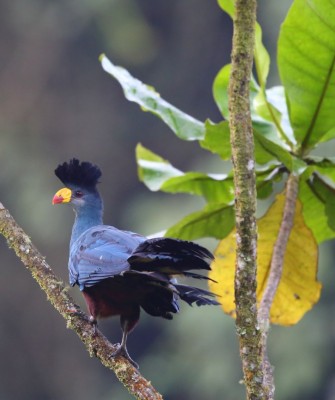
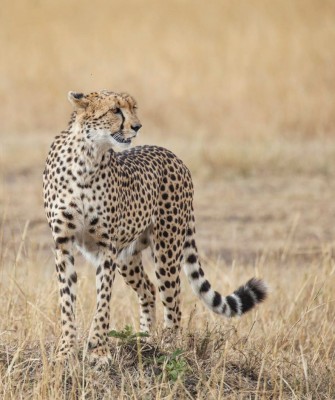
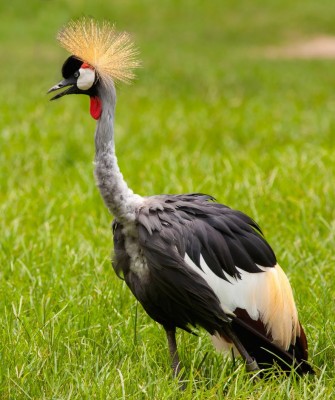
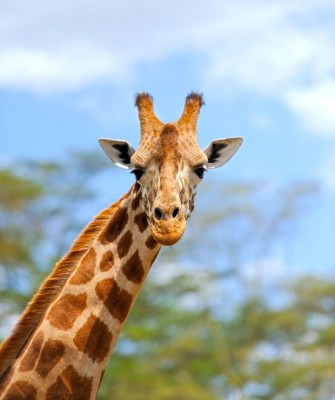
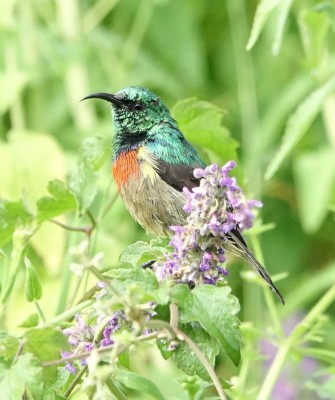
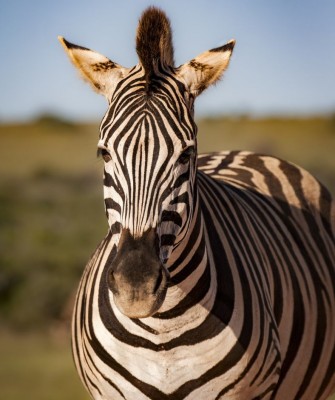

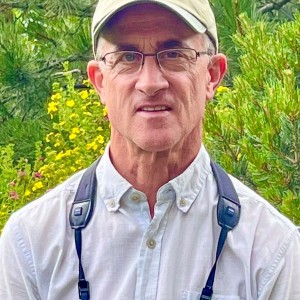
 Caribbean Endemics of JamaicaMarch 2 - 9, 2026
Caribbean Endemics of JamaicaMarch 2 - 9, 2026 Belize: Three Great LodgesApril 7 - 17, 2026
Belize: Three Great LodgesApril 7 - 17, 2026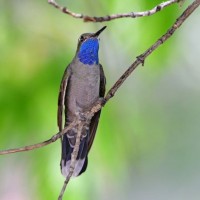 Southeast Arizona FULL - Check out Arizona Monsoon Madness!April 27 - May 6, 2026
Southeast Arizona FULL - Check out Arizona Monsoon Madness!April 27 - May 6, 2026 Classic Alaska: Birding & Wildlife: Anchorage, Nome, Seward & Kenai Fjords FULL - Check out Alaska Sampler in August!June 2 - 11, 2026
Classic Alaska: Birding & Wildlife: Anchorage, Nome, Seward & Kenai Fjords FULL - Check out Alaska Sampler in August!June 2 - 11, 2026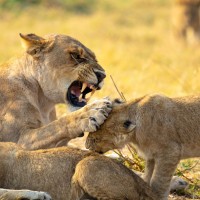 Kenya Wildlife SafariSeptember 6 - 18, 2026
Kenya Wildlife SafariSeptember 6 - 18, 2026







